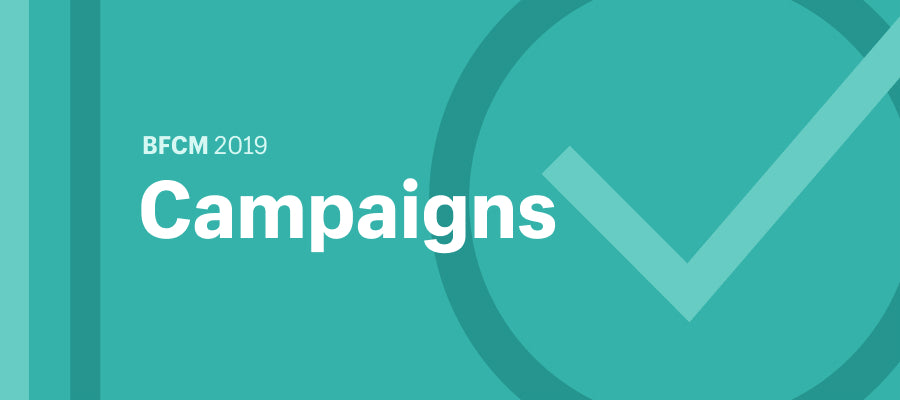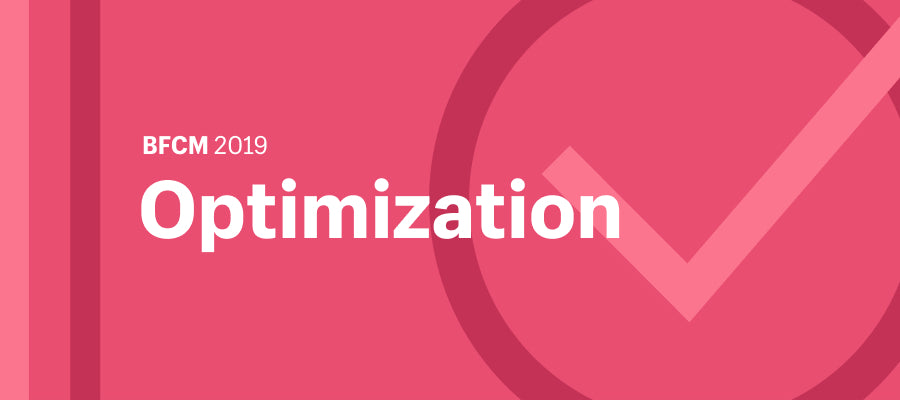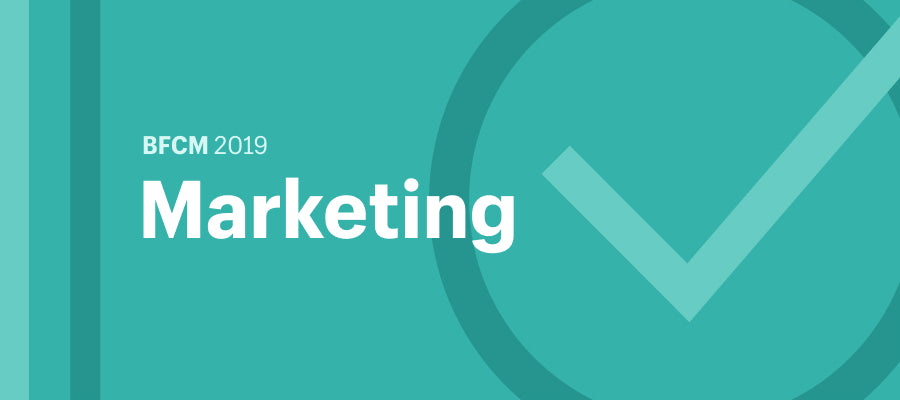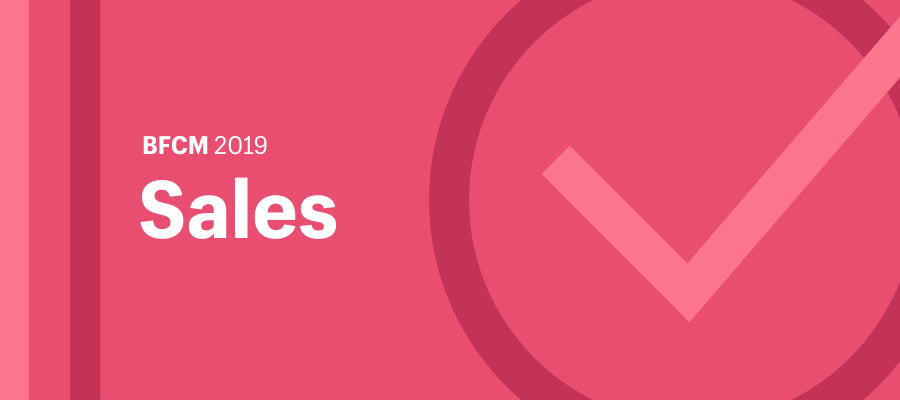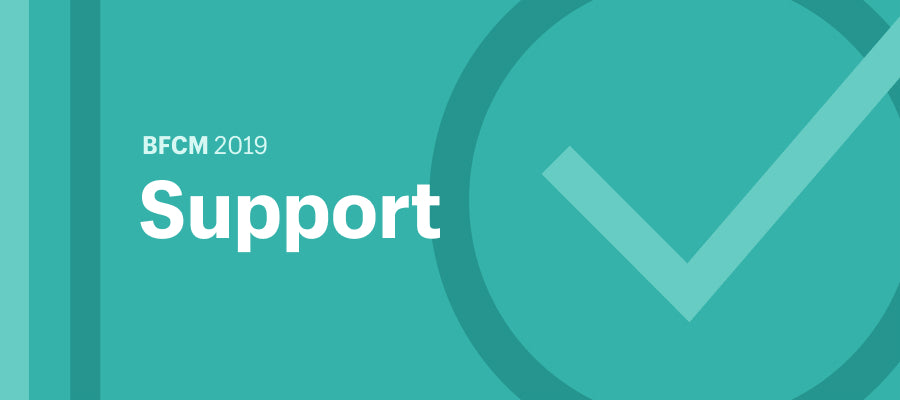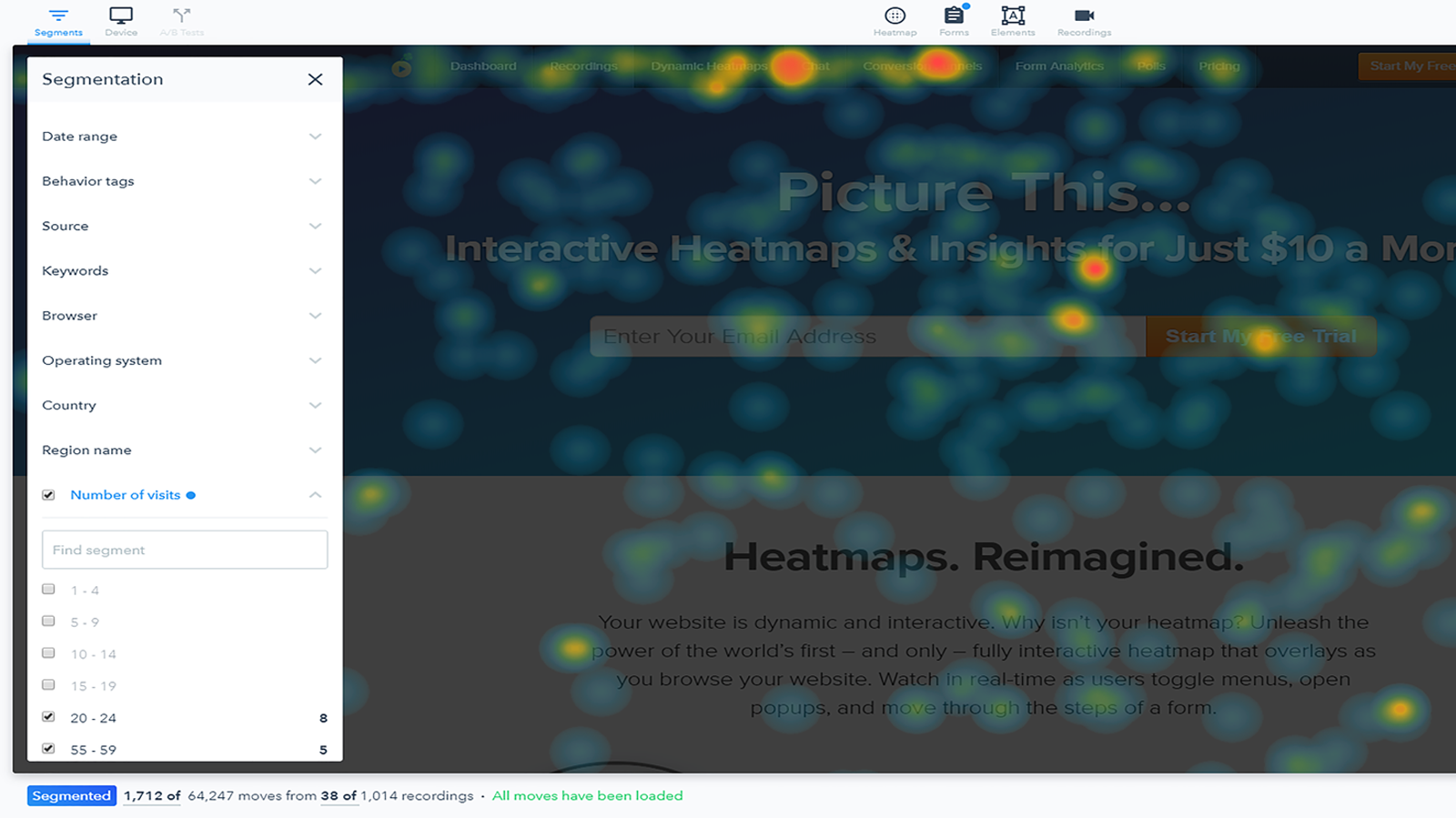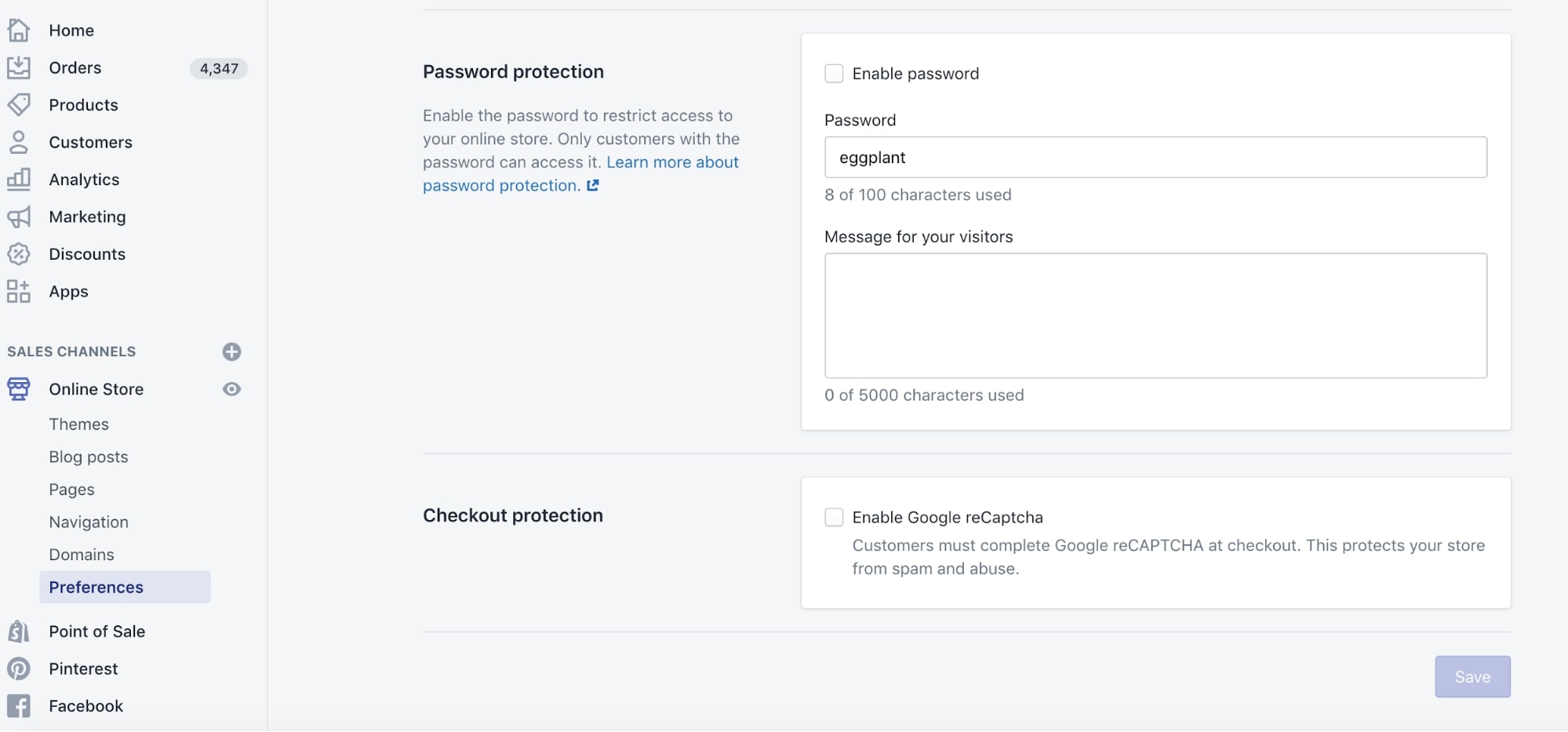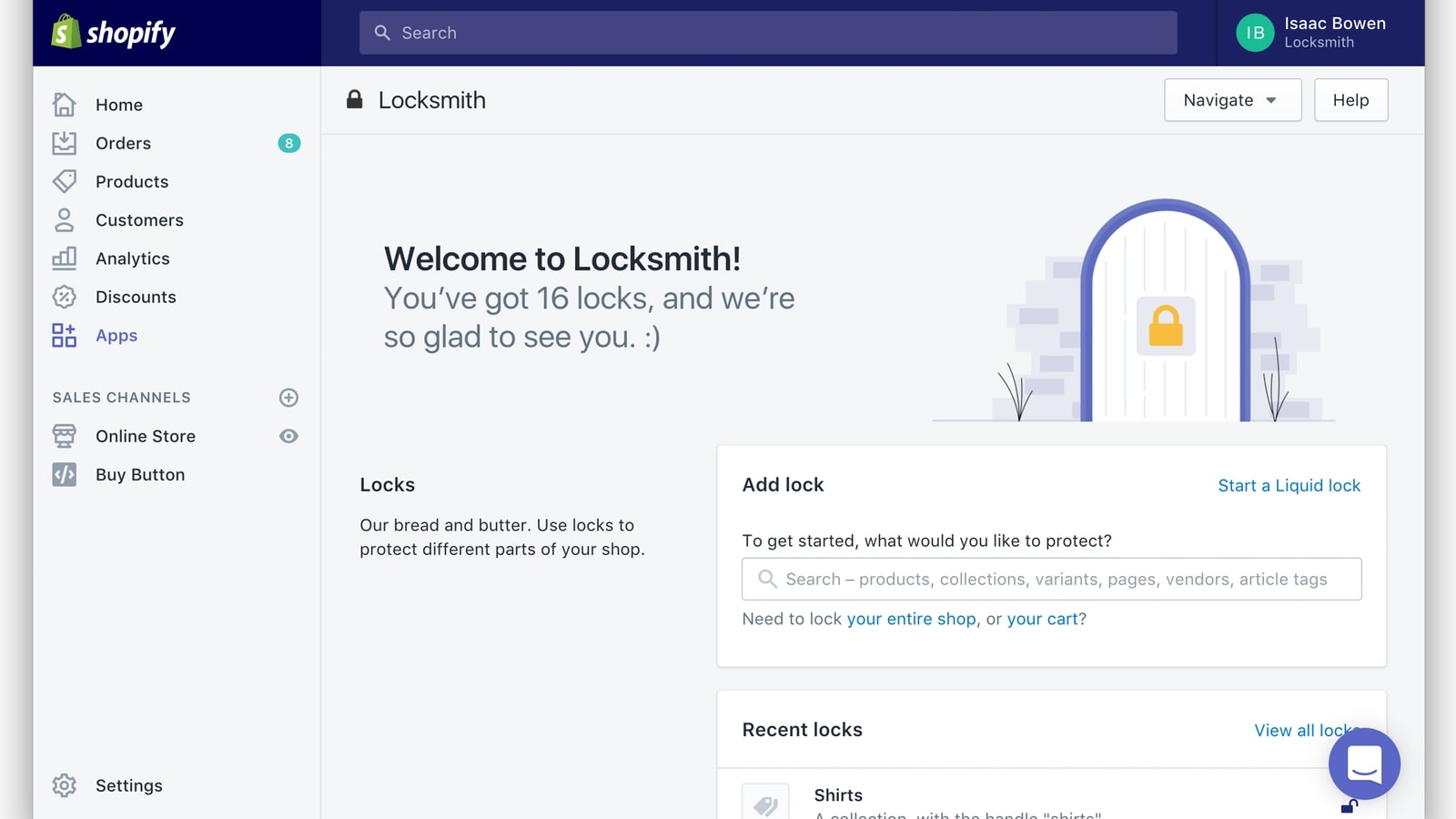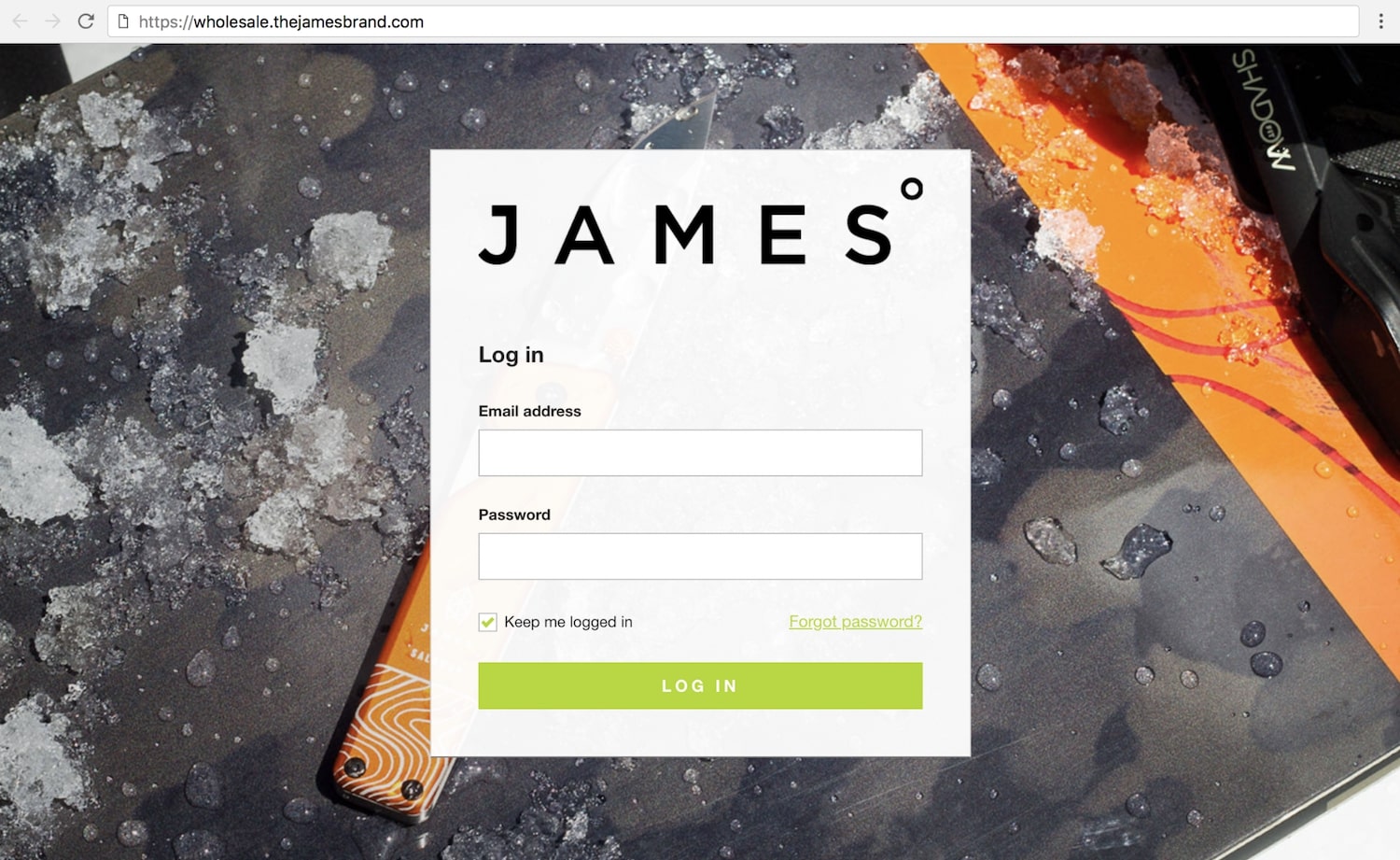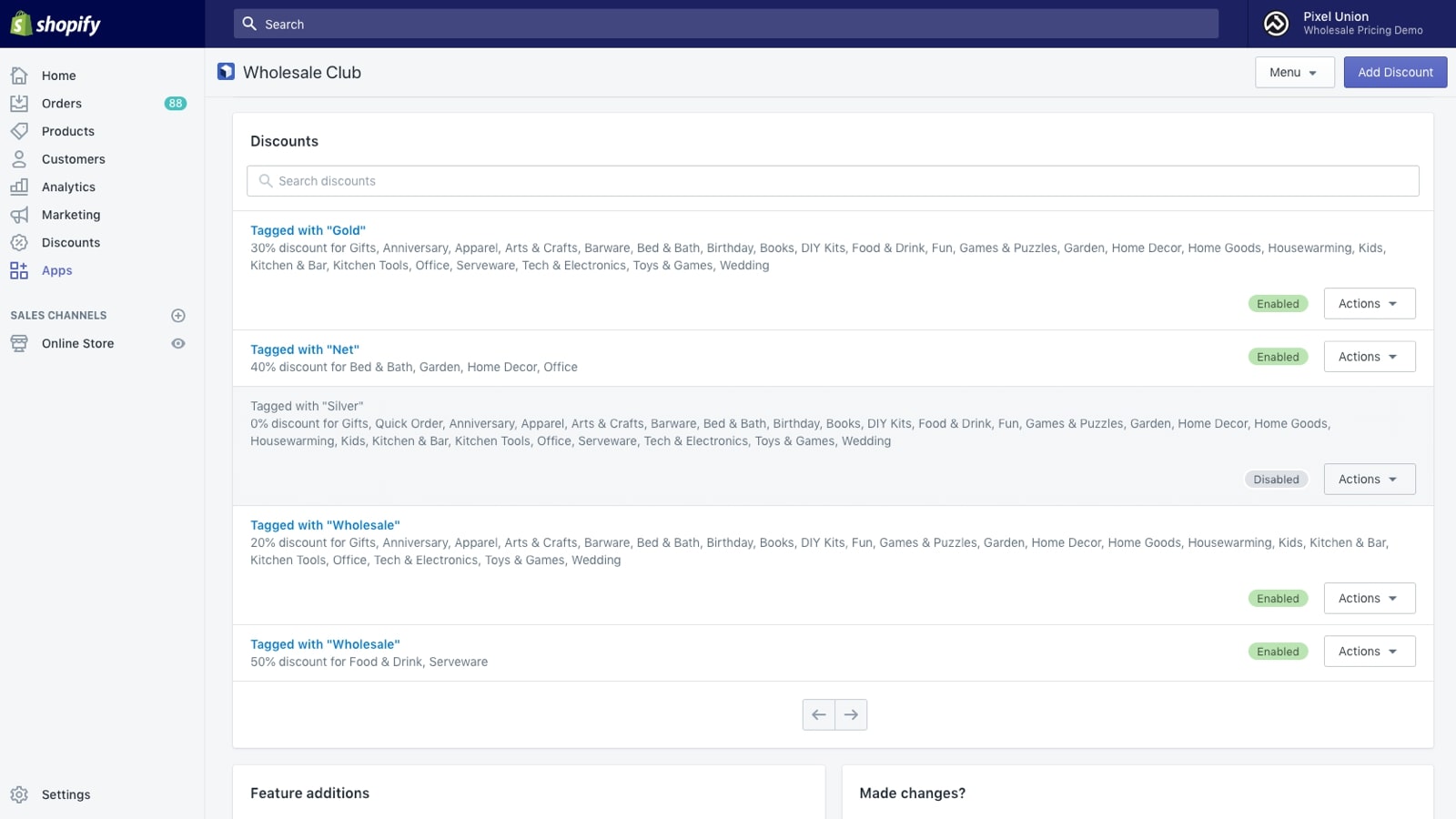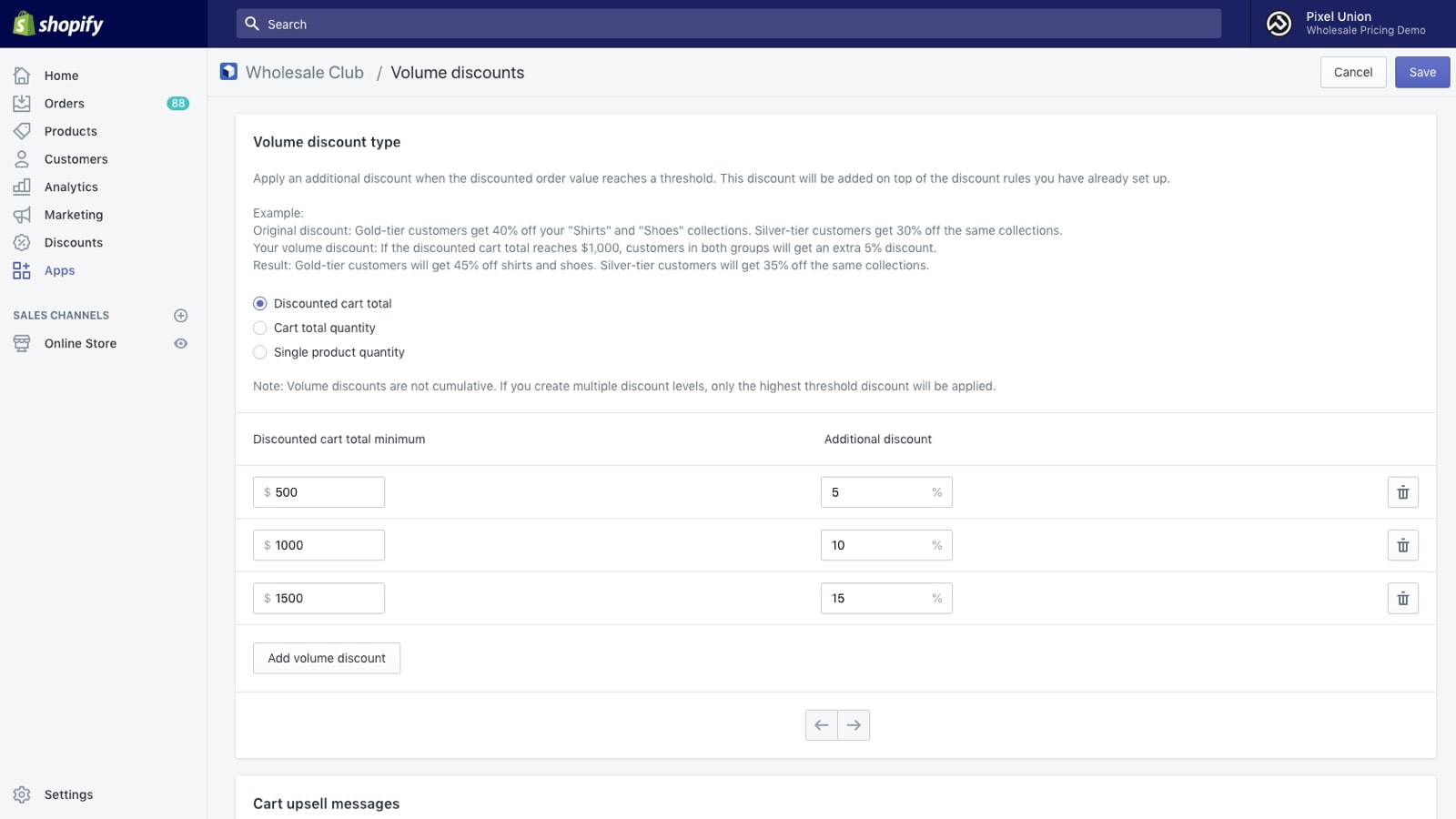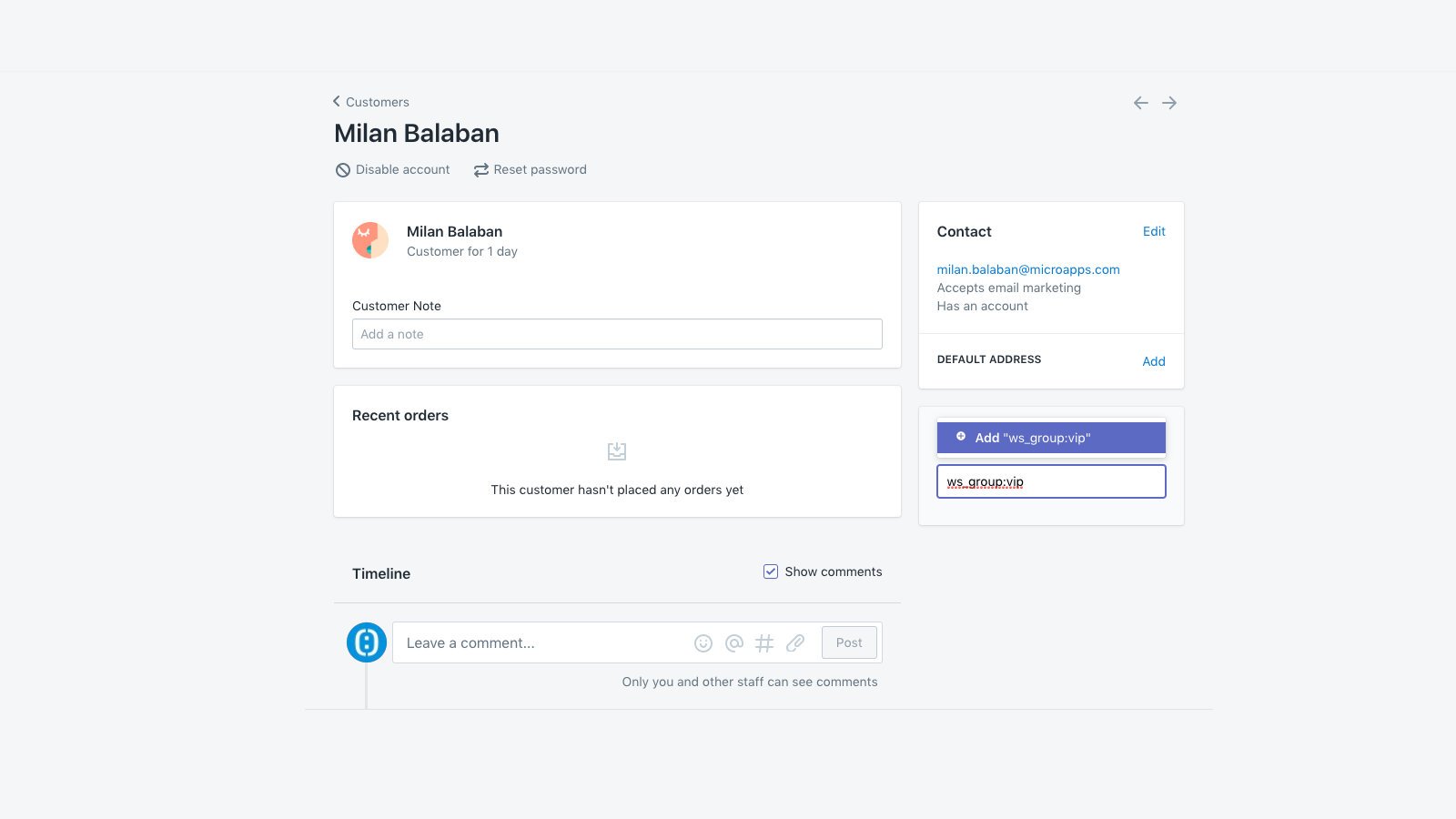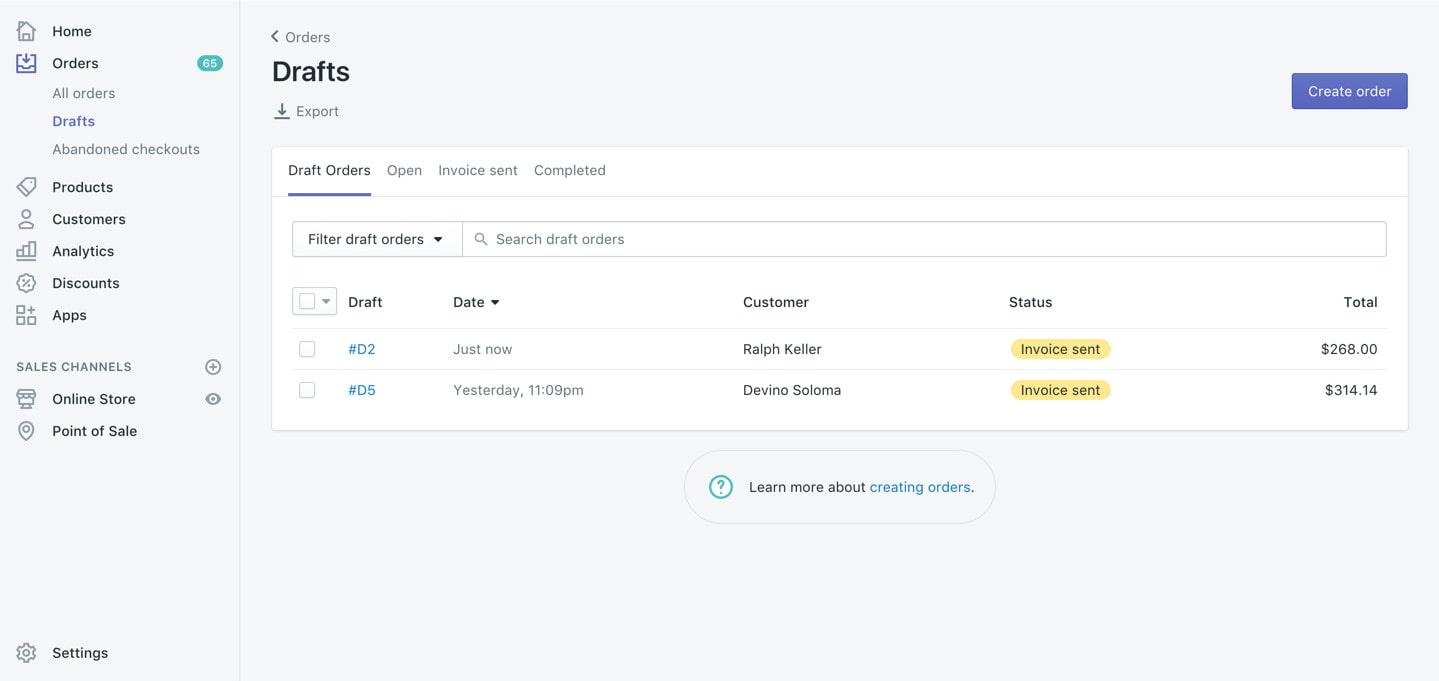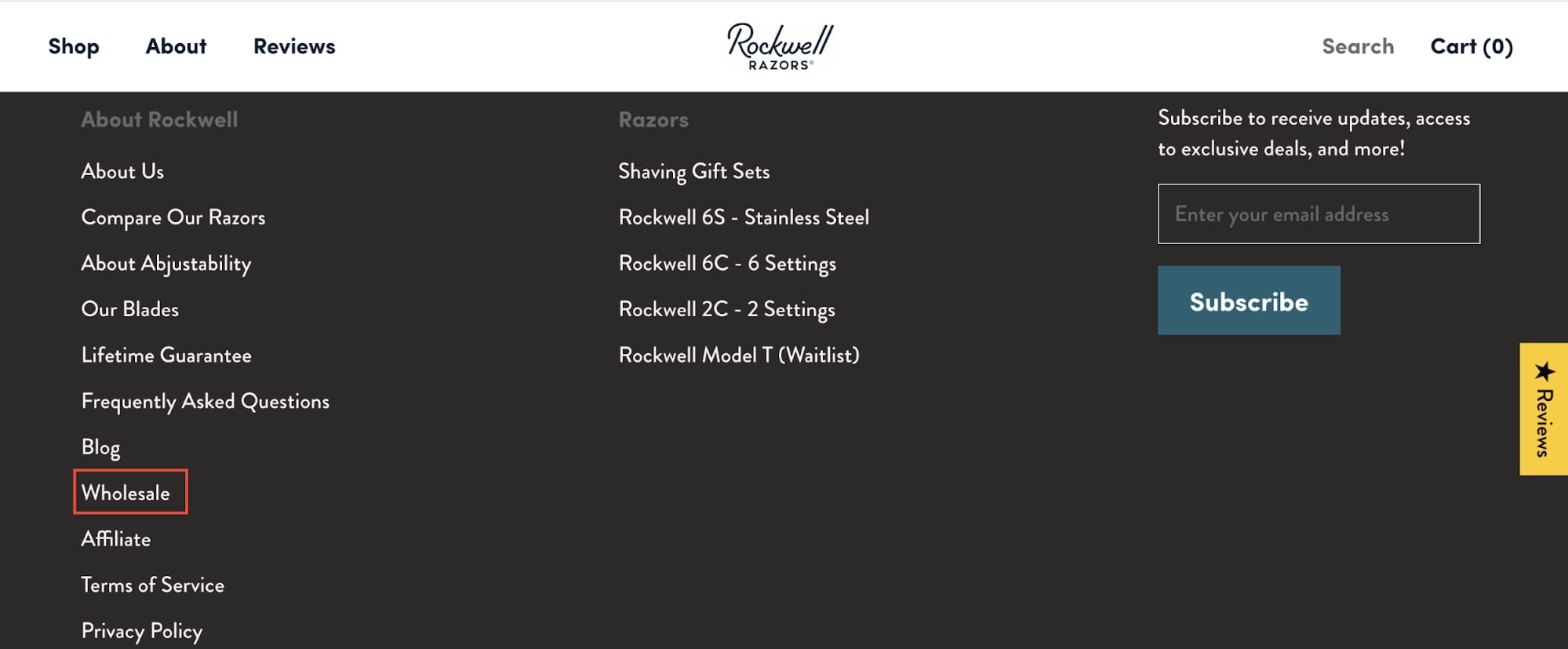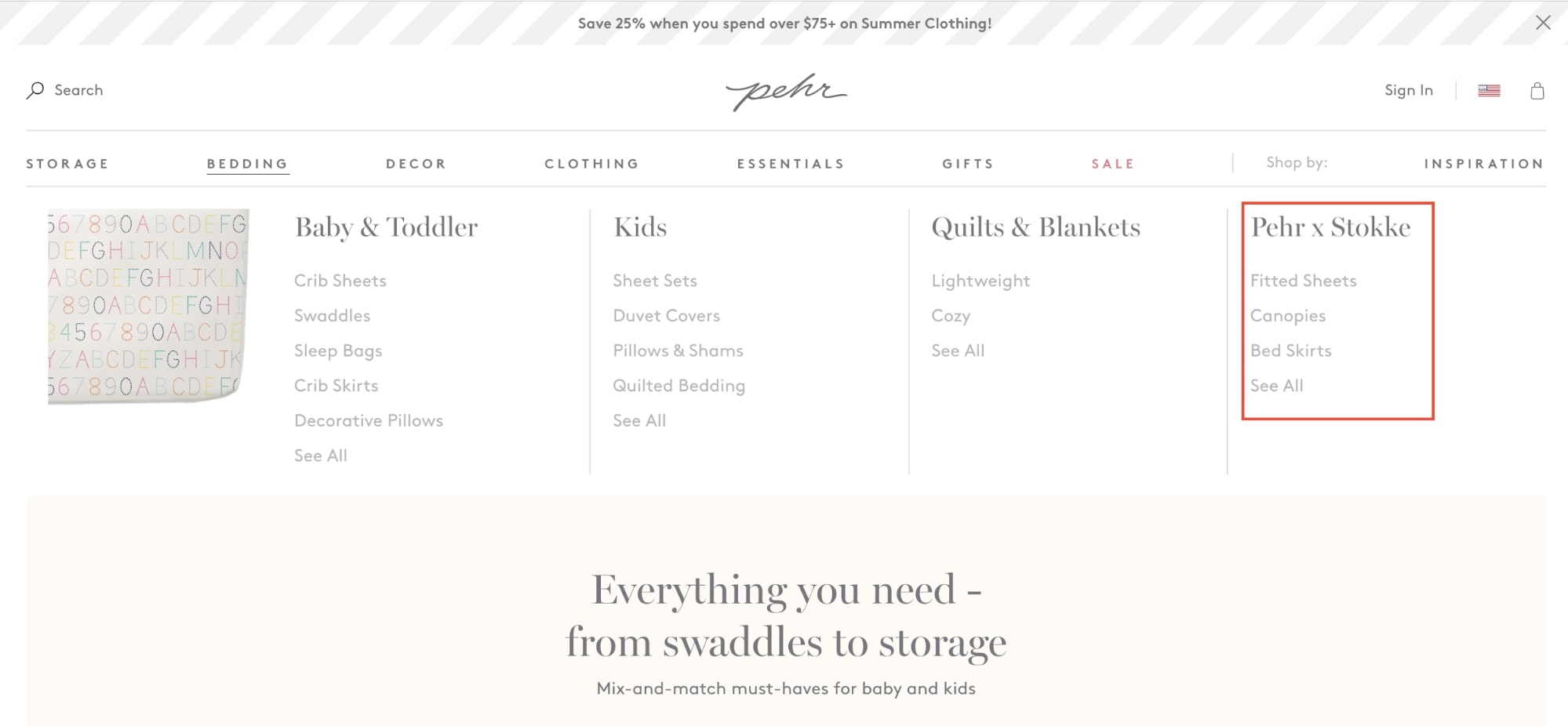In partnership with the late model and makeup artist Cindy Joseph, Ezra Firestone helped to build BOOM by Cindy Joseph, an age-positive cosmetic line for women of every generation. As an ecommerce growth expert, Ezra has been known to share insights on building brands that resonate with consumers and stand the test of time. In this episode of Shopify Masters, Ezra Firestone shares his life and business journey and the most important lessons he’s learned along the way.

Do you have an extra $10 a day, which is $300 a month, which is $3600 a year that you can spend on amplifying content that is designed to talk to your customers about something more than just the products you have for sale? If the answer is yes, create one article, or one video or one piece of content, and then run that as an ad to your buyers, subscribers, fans, people who look like them, and engage them.
Key Learnings shared by Ezra Firestone:
- Owning your brand is important. Moving away from dropshipping and white labeling, Ezra stresses the importance of owning your own brand identity and narrative to connect to consumers and finding a purpose associated with the business that you are trying to build.
- Content testing and reinvest into your business. Produce content and test which pieces convert the best. Then use the revenue generated to put more ad dollars behind those content pieces.
- Profitability isn’t everything. What’s most important to Ezra is to have fun, enjoy his day to day while creating a product that’s of service and value to his customers. Then he thinks about profitability. With the recent passing away of Cindy Joseph, there’s a higher emphasis on appreciating each day and building the best possible products for the customers.
Show Notes
- Store: BOOM By Cindy Joseph
- Social Profiles: Facebook, Twitter, Instagram
- Recommendations: Smart Marketer, Zipify Pages (Shopify app)
Transcript
Felix: Dream job, Ezra Firestone from BOOM by Cindy Joseph, which is the first pro age cosmetic line for women of every generation and was started 2010 and brings in annual revenues of 22 million. Welcome, Ezra.
Ezra: Hey, super happy to be here. Thank you so much for having me. I love a good conversation about e-commerce and marketing with other Shopify folks.
Felix: Awesome, I can feel this going great. Great episode already. Let’s start off with the motivation behind this. You told us that you were chasing the freedom from a daily grind of a job and I think everyone out there is a yes, I can relate. Tell us about that. What was that? What were you doing and how did you kind of start going on this tour chasing freedom?
Ezra: Well, It’s a good question. I think every entrepreneur is chasing some form of freedom, freedom of time, freedom of location, freedom of resource to be able to use resources towards causes they find noble. They’re kind of running away from pain. In my case, I grew up very poor, and I moved to New York at 18 to play poker for a living. I was staying up all night and sleeping all day and hanging out with a bunch of degenerates, and they call me Johnny, how are you doing? I was like doing whatever I could to make money. I met a guy who was making money from his computer.
Ezra: This is ’04 ’05 and I was fascinated by this idea that my … The model for making money that I had figured out required me to stay up all night and sleep all day and be around a bunch of folks who are not the coolest.I also, once I gave up that life was working a full-time job. I was stuck behind the desk at this yoga studio after I gave up the poker life and was looking for a means of generating money that was something that I enjoyed doing. I ran across a guy who was doing search engine optimization, and he was selling information products. Through him, I learned about the world of online commerce and SEO and traffic and conversion and ultimately, made my way to e-commerce because I found that to be the best business model wasn’t based on a persona, wasn’t a influencer based business that’s more like cash flow based on someone’s personality.
Ezra: It was an asset that I could grow and actually hold the title of the number one mullet wig retailer in America in the late 2000s. But long story short, I found e-commerce in ’07 and ultimately started BOOM because a very good friend of mine, who I was also living with at the time, was a former makeup artist and newly model in the Baby boomer demographic. It was at the time when advertisers were realizing that the Baby boomer demographic had all the surplus money to spend and that they should put people who look like them in ads. I went to this friend of mine that said we should start a brand using your knowledge of makeup and cosmetics but targeting women over 50 who are being sold anti-age, anti-wrinkle, all this like hide it covered up. We had this negative thought process that aging is bad, but we could do something different. We had these cosmetics that are about celebrating every age because, every age really is a different beautiful. That’s a condensed version of how we got BOOM started. It was a business opportunity in the entrepreneurship and e-commerce space that I had come across, after playing poker and growing up poor and having a job I didn’t love. Found my way to e-commerce through a bunch of other stuff. Then ultimately found my way to branded e-commerce where I’m creating a brand and a story in my own products, versus let’s say, dropshipping or white labeling or something like that. Because I believe that to be the most effective and beneficial model because I think the game that we’re playing and then I’ll stop this rant.
Ezra: But I think the game that we’re playing beyond optimizing our businesses to perform better is really that of resource generation. I think the goal is to spend our time and energy generating as many resources we can in a pleasurable way. Then using that resource towards causes that we find noble taking care of our family and our communities and service In the world. Ultimately, when I looked at… I got, 15 or 20 years of my work career that I’m going to keep this pace for. What is the most effective way to generate resource?
Ezra: I came to the conclusion that branded e-commerce where I was developing assets that were saleable that I could then used, that I could then sell and then deploy, the money I make from those assets back into the market was the best way to generate wealth. I don’t actually think that cash flow businesses are the best vehicle for wealth generation. If you look at how people who generate real amounts of resource do it, it’s usually through the liquidation of assets that they built, or the purchasing of assets with money that they got through either liquidating other assets or some other way and then operating those assets and then liquidating them, so that’s kind of my spiel.
Felix: Lots of gems in there. I want to first touch on this the stage where you first got to e-commerce right before you picked up you started BOOM, were they all kind of non branded business that you started. How many were there?
Ezra: Yeah, because at that time, If you think back to, I’m talking ’05 ’06 ’07 ’08 ’09. The traffic source of the day was search engine optimization Google search that was all that existed. AdWords was there, and we were using that but for real the way that e-commerce merchants were making it was on SEO, which then went away around about 2011, 2012 with Panda Penguin and Hummingbird. But Ali Baba, Ali Express, Chinese drops, the ability to source products overseas, there was no infrastructure for that. The only way the source of product was to go to American suppliers, and get their spreadsheets of their products and their images of their products on CDs and build a Yahoo store and osCommerce store and excite or press the shoppers in car them and use them all.
Ezra: Then use search engine optimization and Google AdWords to drive visibility to the store that would then when you would get an order you would fax an American supplier. In my case, a costume wig supplier or get was in gift baskets, barstools, dog supplies, all kinds of stuff and that was the only real way to do e-commerce unless you were doing private labeling, which was a lot harder and more expensive back then. A lot of the folks who were making it an e-commerce at that time were using this business model of dropshipping from American suppliers, which is a bit outdated now, in that the margins on drop shipping are pretty slim and American suppliers. Now, a lot of them understand how to go direct to consumers and so it’s a bit of a more difficult market. But one of the interesting stories to come out of that time is Wayfair. They started right around then doing the same thing I was doing by an exact match domain like grandfatherclocks.com and things like that, using search engine optimization and American suppliers.
Ezra: Now, they’re one of the biggest drop shippers in the world and they now have house inventory. They do billions of dollars a year. They understood some things that I came to later understand at that time, they understood infrastructure, scale, delegation, how to hire people, financial model. I was a very young entrepreneur who was just trying to make a dollar. I was hungry, I was trying to eat. I did not… I was not a business owner, I didn’t understand things I understand now about how to run an operation, how to scale a team, how to manage projects, how to… I just didn’t… I just was a young kid and I was doing. But the interesting thing is some folks who started in that same model at that time, who understood some of these things that allow you to scale an organization are still at it today.
Felix: Are you saying that’s a date? Is it that the supply chain infrastructure is there? Or is that the consumer behaviors different that now positioned brand building to be the better form of resource generation than the kind of drop shipping methods that were before?
Ezra: Two factors. One is that the cost of visibility has gone up considerably. You could get free traffic, really, for article marketing was cheap,Squidoo and hub pages and bookmarks and reciprocal linking. The things that you did to generate visibility back then required sweat equity and not money. You could get visibility for very cheap and therefore you could function on dropshipping margins. It’s harder today when you have to go out and basically buy all your visibility to function on the margin of drop shippers. Secondly, many of the suppliers in America except for the high-end ones, people still do American dropshipping with big expensive bulky items because of the margin, barstools and electric fireplaces and things of that nature.
Ezra: But most of the manufacturing for low priced and impulse buy consumer goods is happening overseas and so all the people who are dropshipping kind of moved in that direction. I moved out of it for a number of reasons. The reason I think it is better is one, if you’re manufacturing yourself, and you have your own brand then all of the energy that you’re investing in developing what I label as brand assets, pixels audiences, email addresses, phone numbers, Facebook Messenger subscribers, Instagram followers, YouTube subscribers, all those brand assets are accruing and compounding to be in your ownership. So that one day you can sell that asset. If you’re drop shipping, you’re using all that energy to build exposure and brand value for other people’s items. It just not doesn’t make sense to do that if your goal is resource generation at the highest possible value if that makes sense.
Felix: If someone that’s out there that is going on this dropshipping path that believes that brand building is the future for them, what were the skills that you got to learn? What are the skills that someone has to learn to shift into the brand-building mode?
Ezra: Yeah, the reasons I’m anti drop shipping is one you don’t know where your products are made for the most part. You don’t know how that labor is paid or treated. You don’t know if that stuff is made with good materials, you have no general information on where the product is coming from, which makes it hard to tell a story about the product and also introduces moral and ethical dilemmas, potentially. That’s a huge issue for drop shipping, number one. Secondly, If you don’t have a lot of money, you have to start with something that’s cheap like affiliate marketing, drop shipping, private labeling, where you can get in with low investment and begin to build some capital. But as soon as you have some capital, you need to invest that in developing your own brand.
Ezra: The skillset with developing your own brand is you can private label or white label, but you have to be able to tell the story about how the thing was made, why it was made, what’s the benefit of owning it and why do you exist in the world beyond selling a product. What are your viewpoints as a company, as a brand? What do you think? I have a whole course on this on my blog. If you go to smartmarketer.com//courses and you scroll down to the smart social course. There are an hour and a half free training where I talked about how to develop a voice and a story. A Mission and a purpose and a reason for existing beyond having a product for sale because if all you have is a faceless, nameless product, while you can just sell on Amazon. You can use query-based traffic and you can try to make that work if you’re interested in establishing real value. What that is, what a brand really does, is it engages with a group of people who are sharing a collective experience.
Ezra: It adds value to that group of people’s lives over time through content and it continually offers them solutions to problems they face and conversations they’re having. I’ll give you a specific example. Two specific examples, one, women over 50 who are sharing the experience of aging and the whole world telling them that is wrong. They’re going through menopause, their hair is aging, their skin is changing, it’s wrinkling and things like that. Everybody’s telling them that’s dirty, bad, and wrong. Well, you can communicate with that community and add value to their life through content with ideas and fun ways to take care of your skin and things like that. Then you can offer products and that is the key. In this game, you are engaging with Shopify business owners who have online stores who are interested in improving those and you’re adding value to their life through content that helps them.
Ezra: Then eventually they go and buy different Shopify services and apps and things like that. I think that the key with building a brand is developing a voice and a story and understanding who you’re talking to and what you’re talking to them about. How you can comment on the conversations and problems that group of people is having through content, and then offer solutions really amazing, incredible products that do not have to be unique. How many electric toothbrushes are there out there? They all do the same thing. They brush your teeth electrically. But QUIP, Q-U-I-P has done a really great job telling a story doing content, aggregating all the sort of young disruptor techie toothbrush, people who are interested in electric toothbrushes and now they have an eight or nine-figure brand in a market that already existed because they were good content marketers and storytellers.
Felix: I think there are listeners out there. They’re at this stage where they have some success already and you talk about as soon as you have some capital, start brand building. What is that there? So how do you know if you have enough capital to get the ball rolling just to make a dent towards building a brand?
Ezra: Do you have an extra $10 a day, which is $300 a month, which is $3600 a year that you can spend on amplifying content that is designed to talk to your customers about something more than just the products you have for sale? If the answer is yes, create one article, or one video or one piece of content, and then run that as an ad to your buyers, subscribers, fans, people who look like them, and engage them. Then the people who consume that, filter out the consumers. Anyone who watches 50% of this video, anyone who visited this article and stayed on the page for the top 25% of the time, and cross-sell them and upsell them other products. It’s pretty straightforward. I call it the engage and filter method. You engage people with content and then the ones who consume you filter out and offer them products for sale.
Felix: You looking specifically for engagement. You’re just talking about tactics. You’re talking about, like 50% of a video being watched or someone that you want to develop a further relationship with.
Ezra: Yeah, or it’s someone who already bought from you and now you’re engaging them with content to keep them engaged. Then the ones who are consuming that you can go hey, Facebook, give me an audience of everyone who watched 50% of this branded video about the best places to rock climb in America and then show them an ad for my rock climbing clip. You can do that on the front end or the back end. That is my whole business strategy by the way I amplify content and then I take out the people who engage with my content and I run sales ads to them.
Felix: I’m sure it’s a big operation creating content. We’ll talk about that in a second of it. But before we get there, you mentioned that the story is what is the brand. Do you start … If you get to choose, I guess, do you start with the story or if you have a product already, can you build a story around, which one is powerful?
Ezra: You can definitely build a product, a story around a product? There’s two parts to this. There’s the product, which is the what and the benefits? What is it? What are the benefits of it? How was it made? What stories can you tell about the ingredients in it? What stories can you tell about the benefits of using this product? Who’s using the product? Why are they using it? There’s a whole bunch of stuff you can do. There’s manufacturing process transparency, look at Everlane. Everlane is the best company. I want to be Everlane when I grow up and their whole shtick is manufacturing process transparency. They say we think that in the retail market, you’re getting ripped off and you have no idea what the markups are, and you don’t know how your stuff is made.
Ezra: We’re going to tell you for each of our items, exactly how much it costs us to make it, where we made it, why we made it, and we’re going to tell you what we’re marking it up. Then we’re going to do videos about how denim is a really dirty business. It’s polluting the world’s oceans. We created the denim product that isn’t doing that and all these ways, and you should buy it from us. Their whole shtick is manufacturing process transparency, and their mission is to bring radical transparency to the retail of the apparel market.
Ezra: They’re doing a mission, a story and a purpose all around their products and it’s working really well. There are two sides to it. There’s the product, which is what is it and the benefits of it. Then there’s the who is buying it, and what is the life experience that they’re having, how can you talk them about that? Those are kind of the things that you need to figure out in order to be able to create content that is going to be relevant to a group of people. You can definitely start with a product. But you got to also figure out, who are engaging with this product and what are they interested in? Then you got to figure out what stories can you tell about the product that you have?
Felix: Which is what we doing on a day to day basis and if they are in the stage where they are trying to figure out what stories people actually care about. Everlane story, for example, you’re talking about, do they know this before starting or does your steps that you can take to truly understand what stories were hit with your target customers?
Ezra: Well, you got to test. If you look at BOOM, your business needs a direct response sales funnel that is going to get people in the door and get them to buy from you. My favorite strategy is to use what’s known as a Pre-sell Engagement article, where I write an article that touches on the experience that my people are having, that is interesting and compelling to them that transitions into a pitch for my products, and ultimately gets them in an open to buy mindset and get them to click over to my products. For example, I spent about 20 million dollars, advertising one article. 95% of my front end awareness and acquisition amplification traffic goes to a single article. The article goes like this, «Five makeup tips for women over 50». Then it’s five tips about how to have a better and more fun and more exciting and more effective makeup routine when you’re over 50.
Ezra: Then it says, hey, by the way, we have this amazing cosmetics and skincare line developed for women, specifically over 50. Here’s all about it and why it’s awesome. Here’s why people love it, go check it out. That’s where we drive all of our traffic. People get all caught up and they need a whole bunch of assets. No, you need one good sales video that you can run as an ad and one good pre-sell article that you can run that too. If those are compelling, and actually talk to your audience, you don’t need much more than that. It’s really not about the quantity of assets, it’s about the quality of assets. Yeah, I would recommend starting with a Pre-sell Engagement article, and a sales video and the best video that I have found, and I’ve spent about $4 million on this particular video this year is what I call, «The love demo love formula or the testimonial sandwich».
Ezra: It starts with a face to camera customer testimonial from someone who’s actually used and gotten benefits from the product. I’ll usually cycle through about four people five to 10 seconds each being like, «this thing is so amazing and here’s what it did for me.» They’re all enthusiastic and they’re holding it up. They’re showing it and they’re talking about it, and talking about why it’s awesome and it’s a person. Those people look like the people who would be buying these products. This is the right age, is the right demographics, all that stuff. Then it goes into a demonstration of the product in use. What are the benefits of it? How is it used? Why is it awesome and then it ends with another series of customer testimonials. That front end content asset, which is, love demo love customer testimonial, product demo customer testimonial, which if you go to my Facebook fan page BOOM by Cindy Joseph and you look at the ads that we’re running, you’ll see a million of those is working extremely well. Then we leave that to our Pre-sell article.
Felix: Okay guys, so the love demo love is a video that you’re running ads or in traffic too, which then when they click on it goes to Pre-sell article. You mentioned that you drove obviously a lot of millions of dollars against this, and you mentioned that is quality rather than quantity. I’m sure you’ve tested out a lot of different content trying to beat this one?
Ezra: Yeah, I’ve been trying to beat that Pre-sell article for like four years. I’ve tested a million different, 40 some odd ones, some are different Pre-sells against and I can’t beat that so I wrote a really good one first, which is awesome. But, if you look at most e-commerce businesses, they go from a sales video directly to their product offer page, that’s really a fine way to go too. If you go to my website BOOM by cindyjoseph.com and you click on the store, and then you click on the Boom Gold product, the Boom Scrub product or the Boom Clean product, you will see a new strategy that we are using where we have what is known as a product minisite. Essentially what it is, it’s a homepage that has a story about the product that then the user lands on and then they click over to the buy box.
Ezra: What we’ve been doing now is we send traffic from an ad directly to the homepage of our product minisite, which is the story of the product and why it was made and what’s in it and why it’s good. Then once they click through that, they end up on the buy box where they can actually purchase the product. It’s not really a Pre-sell, in that it’s not like a piece of content that is designed to engage them. It’s specifically a product sales piece, but it’s before you get to the buy box. Most people are running a video ad or image ad directly with their product offer page. We’re finding that when we sandwich either an article or a product minisite homepage, I have templates for this minisite homepage in my app called Zipify Pages, which is a Shopify app learning page builder, pretty sweet. You can grab that if you want, but that is working better for a number of reasons.
Ezra: Number one, it gives us more retargeting buckets. We can now tell the people who watch the video didn’t make it to the site, the people who made the Pre-sell but didn’t make it to the products, the people who spent the most time on the Pre-sell, the people who did make it to the product homepage but not the actual product offer page. The people who made the product offer page where they can buy and were able to segment those buckets and target them all with different content in our retargeting, so it helps them that way too. But we’re finding that sandwiching a piece of content between the ad and the buy box, whether it is a product minisite homepage, where it’s a story about the product, or whether it’s a front end, generate awareness for the brand, talk about an experience that customers having, and then that goes to the store page. Either one of those works. I think that the content article is better for awareness and acquisition traffic and that the product mini-site is better when you’re retargeting people back to a specific product.
Felix: Okay, got it makes sense. Let’s talk about the content creation process you go through where you have been trying to beat this control though the one that you’ve been tried before, for years. How does it begin? How do you know what kind of content to start off trying to create?
Ezra: You have to think about the experiences that your customers are having, and then talk about that. You got to interview your customers, you got to know who you’re selling to, you got to know what they’re interested in. We know about the experiences they’re having, they’re having hot flashes, their skins changing, their hair is growing, they’re going through menopause, everyone’s telling them that aging is bad. They’re afraid of wrinkles. We understand our customers and the experience they’re having. Therefore, we can write articles about how to have more fun, or you can go to my blog, and you can see all of our articles and different stuff that we’ve done. But it starts with an understanding of who your customer is. Then I’ve got a whole bunch of in that court that training I was telling you about.
Ezra: I’ve got a bunch of ideas like tips lists, that’s our favorite one. 10 minutes to a better makeup routine, eight skincare tips for women over 50. 4 tips on how to have more fun in your life. We do a lot of tips lists, you can do educational and how-to content you can do things that are related to current events, you can do manufacturing to process transparency.There’s a bunch of different ideas, but it comes back to what is your community going to find interesting. The way to understand that is to understand what experiences are your communities… Is your community having and what conversations are they already engaging with and how can you talk about that? There’s not like a formula beyond understanding who you’re talking to and what they find compelling.
Felix: You like to interview customers of yours to determine this?
Ezra: Yes, I call my grandma. I had a business partner who was a woman over 50. We could talk about the experiences she was having, like, you find and look, generally a lot of people are also interested like we were talking about Brazilian Jiu-jitsu earlier, you and I could come up with 15 different ideas for articles that Brazilian Jiu-jitsu people would be interested in because we know the market because we’re in the market.
Felix: Make sense? You obviously have worked with a lot of e-commerce entrepreneurs, you’ve worked with people that are aspiring to be entrepreneurs, through this smart marketer. What do you see, because of your perspective, what do you see most people tripping up on this journey?
Ezra: The most common reason that people don’t build their businesses is they get stuck driving instead of navigating. At some point in your entrepreneurial career, you’re going to have to learn how to delegate. You’re gonna have to learn how to buy help, you’re gonna have to learn how to stop doing customers support yourself. When you’re on the road, driving and taking the turn and you’re tinkering with your Shopify site, you’re tinkering with clay-vo, you’re tinkering with Facebook ads, you’re tinkering with analytics. You can’t be up above the road, looking at the mountain ranges and seeing what’s coming down the pipe, you’re stuck driving. Most people get bogged down in technology. They run all the technology platforms, they do it all themselves, they do all their customer service, they write all their emails, they do all their copy and do all their product sourcing. At some point, you have to learn how to buy help and invest in that help.
Ezra: The reason people say, I hired someone and they didn’t work out was like, no, you didn’t work out. You didn’t invest in them. The interesting thing about buying help is it gets better over time. If you’re buying 20 hours a week of help and that’s how you need to frame it, you are buying help for your brand. For your business, you’re buying 20 hours a week. Well, the first week, that 20 hours is worth whatever it is but by week 12, that 20 hours is worth four times what it was in week one because they’re more effective. The way that I’ll do this is I’ll say okay, I’m going to … There’s a bunch of different roles. There’s copywriting, there’s social media, there’s Facebook advertising, there are managing projects, there’s managing inventory, there’s design, development, video editing. There are all these different roles of areas where you could buy help, and you could use a Services Agency, or you could bring someone in and pay them a part-time or full time salary to play a role on your team.
Ezra: The way that I like to do this, I’ll say, listen, I want you to be the best social media manager in the world within three years and here’s how we’re going to get you there. These are the six best social media blogs. We’re going to have all the articles populate into a Slack channel, you’re going to spend four hours a week reading these articles and taking notes in a notebook. Then we’re going to have a meeting once a week, and you’re going to tell me what you think we could do for the brand. You’re going to read every help article from every blog post from clay-vo and from XYZ, so software that is related to your role. You’re going to go to these events, you’re going to take these courses, you’re going to cut your teeth in these ways. You hold them accountable, and you give them a way to win and you give them educational material and you give them the opportunity to develop a skill set.
Ezra: You actually train and delegate to them. The way that I like to do it is, any repeatable processes that I have, like customer support is a great one that a lot of merchants still do themselves. The way that you do it is I do it, we do it, you do it. You say, look, I’m going to do this, I’m going to document it. I’m going to do it, I’m going to take a video of it, I’m going to make it standard operating procedure, show you each step. Then we’re going to do it together, where I’m going to be looking over your shoulder as you do it, and then you’re going to do it on your own and that’s how you delegate tasks. I think that most people get stuck trying to do everything themselves. The other thing that most people do is they don’t invest enough in paid amplification.
Ezra: Everybody’s so focused on what they can get out of their business, but that really is the wrong mindset. It’s a misguided mindset. It’s about what you can invest into your business. You get out what you put in. What you want to do is take, if you made a hundred grand last year, you want to take between 15 and 30 grand, 15 to 30% of your top-line revenue number and reinvest it in paid amplification. By the way, most e-commerce businesses don’t even run on a 30% profit margin. You’re reinvesting almost 100% of your profit back into paid amplification to grow the snowball of your business, people start pulling from their business, rather than keeping their side hustle or just not are living below their means. They don’t give their business the energy to continue to grow. The paid amplification, the money you invest in ads and new products and new channels, and better brand assets.
Ezra: That’s the fuel that drives the car forward, so you got to continue to invest. Then the other thing that I would say that stops people from scale is life-work balance and overwhelm. People seem to think and I’ve been in this business now, since 2005 and I’ve seen a lot of people burn out. People seem to think that working harder and longer equates to being more successful, but it’s actually the opposite is true. It’s not about how much you work, it’s about what you produce. If you are working yourself to the bone if you’re trying to sprint at all times, and you don’t have time to take care of your body. You don’t have time for your intimate relationships. You don’t have time for your social life, you don’t have enough time for your hobbies.
Ezra: You’re just like a … Business is the backdrop of your existence and you are overwhelmed, stressed mess, that is going to eventually burn you out and your business is going to fail. Whereas if you approach it as a marathon, and you take care of yourself, and you show up to it for eight hours a day Max, but you do that consistently, you have a much better shot of success, and you’re much more pleasant to be around. Ultimately, you will build something that can be sustainable. It’s not about going out and spearing a pig. It’s about watering a mango tree for every day for a year and letting that fruit and then having that mango tree, feed your family for generations. I think that the pace at which people approach their business should be slow down.
Felix: Lots of great and wise advice. I want to start with this idea of using your time wisely. When you have someone that is you might see like going 16 hours a day, spending a lot of time, working hard when they can be working smarter on this. Where can they start looking to determine like, what am I doing wrong? What should I be cutting out? How should I be using my time better?
Ezra: Well, what happens is when you put up container around your work life, and let’s say you don’t start until 10am, and you end at 5 or 6pm, everything that you need to get done will get done within that container. It’s not really about picking what to do because what to do will be apparent. It’s about setting the border and boundary around your work life and then sticking to that which is hard to do and takes vigilance and diligence and intention. But ultimately sets you up for success because, what you do in your work life is going to be dependent upon what the business needs at that point. I have suggestions about what to outsource first. Outsource Customer Service Design and development and video editing you can’t do those yourself and customer support you shouldn’t be doing yourself hold on to advertising.
Ezra: If that’s a skill set you want to learn because it’s a very important one and nobody cares about your money as much as you do. outsource your copywriting or train someone in your voice. Because when you think about everything the copywriters do the product descriptions, the email flows, the broadcast, the blog post the labels, the inserts, the sales and launches, The amount that the copywriter does is astronomical for ecommerce brands. If you can get that off your plate it frees you up a lot. Keep doing the strategy, the vision, the development of new products, the talking to customers, the going out and figuring out what’s next for the business, the consumption and education and learning like do the stuff that’s going to be high value and delegate the rest via either outsourcing or hiring.
Ezra: I would recommend hiring in-house I think that’s a much better strategy and ultimately has you have a much more valuable asset. But I think that it’s not about what you stop doing first. It’s about committing to a certain number of hours and sticking to that and not going over it and then committing to in the hours that you’re not working, doing things that are pleasurable like moving your body, like taking care, like having a social life, like engaging in hobbies, like putting attention on your intimate relationships, that kind of stuff. That is really the game.
Felix: You also mentioned that you need to in value take care of your business too, you need to reinvest in you say a lot of ecommerce brands, don’t do this, don’t let their brands grow with or without this support reinvesting in it.
Ezra: They start holding their cash out far too soon, and they don’t reinvest back in the marketing. I learned this because I’m considered the growth guy by eight, nine-figure brands, private equity companies, venture capital companies, were buying e-commerce brands will come to me and say, we’re considering making a purchase of this retailer that does $50 million a year 100 million dollars a year, whatever. Go in, take a look at the analytics, the ad accounts, the emails, all of it, the CRM, the conversion rate, all that stuff. Tell us number one, do you think this is a good buy? Number two, how you would grow it? One of the interesting things that I saw, looking at all these bigger brands, bigger than mine is most of these folks had one source of profitable customer acquisition, maybe it was SEO, maybe it was Google AdWords, maybe it was Amazon, maybe was Facebook ads, and then they would take all the profit they made from these other channels and invested in customer acquisition at a loss.
Ezra: They would say, I make 100 grand a month in profit, I’m just giving you random numbers, I’m going to take 99.9% of that, and I’m going to invest in customer acquisition, and either breakeven or loss to grow the footprint of my brand assets so that when I run a sale, I’ve got a bigger ship that I can monetize. Once I understood this, my brand went from 3 million to 17 million the next year, because I came up poor. I came up thinking if the advertising campaign isn’t profitable, turn it off. Once I understood Oh, take 100% of what you have and reinvest it back in growth through paid amplification to acquire customers, I understood the game that is afoot, which is a longer-term view of the asset rather than what am I doing right now and what’s going on in the next 30 days? It’s what can this thing be in 12 to 24 months, if I invest 100% of what it has back into its growth.
Felix: This kind of takes away lots of guttering and belief that it will payout.
Ezra: I don’t think it does. I think if you are paying yourself enough to live, let’s say you don’t have a side job, then who cares about acquiring cash in the bank if you can grow the footprint of the asset because if you think about it, the valuation of the company is based on a number of factors. One is profit. Two is repeat business rate. Three is diversification of traffic sources, bunch of different things that the valuation is based on, but one of the things that’s going to increase your valuation is size. If you are subscribing to the idea that the goal is an eventual exit, and not cash flow from the business. I mean cash flow from business really wonderful. My business makes millions of dollars a year in profit, which is really nice. I like that cash flow, but I’m investing all that back in.
Ezra: Then if you’re going to sell it, 18 months before you sell it, you start modifying your acquisition strategy to be more profitable, you start doing more promotions to get your repeat business rate up and stuff like that. But the idea is, we want to build the biggest and best asset possible. If we have the ability to buy or buy customers at breakeven, then we should invest as much money as we can in that, so that we can grow the biggest footprint possible. We can have the biggest asset possible because the real monetization event is going to happen when we sell the thing. I think it’s actually a smarter strategy than pulling cash out. As you go, pulling a bunch of cash out as you go.
Felix: You set them something really important, which is that you will have to acquire customers at breakeven. Is that at a gain?
Ezra: Or a loss? Basically, I’m talking about let’s say, I’m making a bunch of profit from one channel, for example, my business now I make $10 million a year from repeat business because I’ve been around for a long time. I’m taking all that profit, and I’m putting it back into customer acquisition. I’m not profitable on those first customers. But because I have good storytelling, marketing, great products, those people come back around and buy again. I am buying customers at a loss deliberately to build the footprint of my brand because I have good repeat business cross-selling up selling, and I have free revenue from past customers from years ago, which what people don’t understand about paid amplification is it creates what’s known as a halo effect. Year over year, the assets that you generate are more than just the customers, it’s the pixel audiences, the email addresses, things like that the subscribers that you can monetize each year. There’s a halo effect that happens when you invest in amplification.
Felix: Okay, makes sense. Let’s talk about the personal development of an entrepreneur, the people that you’ve seen become a success, what attributes do you see them investing in themselves to be able to walk further down this path of success?
Ezra: Well, one is not being too proud to ask for help. A lot of people don’t want to ask for help when they need it. It’s like you’re not going to be the best at everything. Find someone who knows more than you about finances. Find someone who knows more in the money. That’s a big one. People screw up the money. They don’t pay their taxes. They don’t understand which products have the highest margins. They don’t understand cash flow. They’re not doing their accounting and looking at their books at the 10th of each month to see what does this month look like compared to last month? What does this month look like compared to the month before? Has our cost of goods gone up? Has our marketing costs gone up? Has our salary gone up? If so, why? Like they’re not monitoring the finances in a real way.
Ezra: You’ve got to have your books done at the 10th of every month and you must monitor your books. Look at your profit and loss statement. Look at your year to date Profit and Loss comparative the last year look at your month to date profit and loss comparative to the last month and compared to the last year like really be paying attention to the money, pay your taxes on time, pay your quarterly taxes. There’s like money is really what screws people up for mostly new entrepreneurs who are trying to scale they don’t understand how to handle money and ultimately it sinks them. That’s a big one. But I think Yeah, going back to what I was saying, which is willing to ask for help, and being ever the student, don’t, get too proud and think you know it all and egotistical, it’s like, no, you’re always… There’s always more to learn. There’s someone who knows more, there’s help that you can get, and being willing to let go of control, you can get a lot of entrepreneurs who are control freaks, and they want to micromanage people and be all crazy on them.
Ezra: It’s like, you got to give people autonomy and freedom and give them the ability to acquire a skill set and give them room to grow and pay them well. Be generous and invest in your team. Because if you want to grow something great, you’re gonna need more than just you. I have a whole course on this on my blog, too. But, delegation and scale go hand in hand. Scale can only come from outside yourself. You need to learn how to get out of your own way. That comes and that is, requires the skill set of communication and dealing with people.
Felix: I think one of the key attributes to an entrepreneur that even allows them to go on this journey. To start his journey as it’s kind of overconfidence that they can do it. I think there’s a proven concept where the con is what you’re saying about believing that you know all the answers and being maybe afraid to ask for help but maybe even not even being aware that needs to ask for help. What kind of questions do you ask or do you recommend people ask themselves to determine like … Maybe I don’t know enough about this thing?
Ezra: I think if there’s a mystery, ask for help. If you feel like maybe this could be improved based on how something you saw somewhere else, find someone who knows more about it and ask them about it. Join an online community, a Facebook group, join the mastermind. I also think that entrepreneurship is lonely. You work behind your computer, nobody understands what you’re going through, none of your friends really get it. The pressure, the intensity of being the end of the line for this thing to work, the ups and downs of it, everybody’s salary ragging on you the amount of debt that you take on to fund different parts of your infant. It’s a very intense experience. So if you’re not talking with other people who are having a similar experience, and you’re not sharing your experience and being open about what your struggles are, it’s going to crush you.
Felix: When it comes to resource generation, which I think you get really good point early on about, this is the game of how can you generate the most resources using almost a credit out of thin air, to begin with then overtime reinvesting into keep on growing it, how does someone evaluate what is the activity that will generate the most resources on a day to day basis? How do they decide, how should I spend my time to generate the most resources? What should they be looking at?
Ezra: That’s a bit of … It’s a hard question to answer because there’s a lot of stuff you got to do. You got to do whatever the next most important thing in the business is. You need to be telling better stories, creating good content, optimizing your ads, optimizing your sales funnel, looking at your data and analytics, optimizing your email and autoresponders and broadcasts and flows, creating new products, marketing the past customers. It’s like there’s a whole spectrum of things that you should be doing in your business. But first and foremost, 70% of your energy of your paid amplification budget is going to be spent on acquiring new customers. One thing you could do is create better video assets that are going to engage people and tell a better story to get new customers in the door.
Ezra: That’s never a bad thing to do, is more front end customer acquisition video ads, that’s always a good thing to do. So that looking at different channels, well, okay, I’m getting all my sales on Facebook, can I expand the YouTube? Am I doing retargeting on every available network? When someone visits me and they see my product, are they seeing me on YouTube, the Google Display Network, Google search, Instagram, Pinterest? There’s a lot of stuff to do. It’s not really like a better or worse. It’s like, am I every day, keeping a positive attitude and taking the next step in the direction of my goals. Am I achieving something on a daily basis? Do I have a to-do list that’s related to the business, and am I getting something done at least once a day? That’s the game. It’s really not like a … It’s hard to prioritize or quantify what is more valuable than something else.
Ezra: The truth of the matter is that, and this is the part about people overworking themselves. You’ve heard the 80/20 rule, 80% of your results come from 20% of what you do. The truth of the matter is, you can do that again and go 64/4. 64, but you can 80/20, the 80/20, 64% of your results come from 4% of what you do. You could stop doing 96% of the stuff you’re doing and have a business that’s almost as good. So you’re definitely doing too much and you’re definitely spending a lot of time doing stuff that’s not that great, but it’s hard to know what those things are. The practice is, and it really is a practice is can I show up, enjoy myself, have fun, and take the next best step that I can think of in the direction of growing my business? For me, my vision and my goal is to number one, enjoy myself. I want to have fun. I want to be enjoying what I’m doing. My business partner randomly died last year, you don’t know how long you have.
Ezra: People get sick, people get deceased, people get hit by buses. Like, if you’re not having fun, what are you doing? Number two, I want to make really great stuff. Truly amazing incredible products that serve the world, that helped people. Then three, I wanted to be profitable and I’d like it to make money, but I want it to be in that order. I want to have fun, I want to make good stuff and I want to make money too. I don’t care how big it gets. I think this fascination with scale is a misguided fascination and often cripples people because then you end up with this giant machine that you’re shackled to that makes you miserable that you don’t even like where you could have had something where you were having a good time, making good stuff and still being profitable. It’s not really about how big it gets. It’s about, are you having a good time doing it and are you making good stuff and can you have that be profitable? If so you’ve won the game.
Felix: I think something else that might be misguided is looking at, checking the clock or checking the time, things aren’t happening fast enough, is almost like a recurring thought or in the back of a lot of entrepreneurs has like things aren’t happening fast enough. I’m not succeeding fast enough. To you is this … Does this mean that … I think a lot of people react to this by saying, I should work harder, I should be putting more time, I’m not doing something right. Is that suppose the case or do you all more often see that things just take time to play out?
Ezra: Not everyone’s going to be successful. You have to confront that sometimes what you’re doing isn’t going to work, but the ones who fail are the ones who quit before the magic happens. Most people judge their operations too early. You end up with folks who … Here’s what it takes, it takes six to 12 months to develop a great product. It takes six months to build the technology stack and then it takes six months to market that thing, and now you’re 24 months in and you’ve only done six months of marketing and you probably need to optimize that and do another round. So you’re like 30 months in before you can judge a new brand. Most people are trying to judge it in six months and it’s like, you didn’t give yourself enough time to truly create something that was meaningful.
Ezra: A lot of times you just need to spend more time, but sometimes you got a debt of a product or a debt of a brand and you need to switch gears. If you’ve never made a sale, and you’ve been at it for a year, and you’ve been marketing for a while, you might have something nobody wants. I don’t know how to tell you when you should stop, but I definitely do think a lot of people quit too early.
Felix: Got it. Now, what about you and your team? How do you guys get everything done? What is your project management process?
Ezra: Well, I happen to have a course on that, and a one and a half hour training on my blog. It’s called smartmarket.com//courses, you can click on my project management training, hard to describe that in a one-minute response, but we use technology. We use Slack. We don’t do email, we don’t do Skype. We don’t do Dropbox. We don’t do any of that. We only slack with each other and we use Google Drive to manage and store our files and we use Trello, which is a Kanban system to manage our projects and we communicate, we’re all virtual. I have a whole training on some ideas and thoughts on how to manage projects effectively, but being clear about the technology you’re using.
Ezra: Not being on emails and Skype and texts and all that, keep it all in one thread in a tool like Slack. Make sure you got a good organization of your file structure, make sure you’re managed using some task management tool like a Trello, or an Asana or a Basecamp or a Google key or a LeanKit or Mavenlink or something like that are good suggestions there.
Felix: You caught an early with that SEO that you’re talking about early on and now the importance of brand building. What do you see is something today that is in the early stages that you’re keeping an eye on?
Ezra: I think short-form video assets are coming up. You see Instagram stories, you see Facebook mid-roll video ads. I think the people who are embracing short, short form in addition to long, long-form, so 15 to 30-minute assets along with really short form assets are great tools for exposure at the moment where you can get cheap inventory. I’m focused on product line expansion to continually have additional solutions for the people in my community. I think that upselling and cross-selling past customers is really a necessity for brands today and good storytelling.
Felix: Also BOOM by Cindyjoseph.com’s website and smartmarket.com also where, as I mentioned all those courses, I’ll leave this last question. What was the biggest lesson that you learned last year that you want to employ this year?
Ezra: Things can change suddenly and nothing is quite as stable as you think it is and you’re better off not having a single person as the face and voice of your brand. You’re better off having multiple people who are representatives and brand ambassadors rather than just one because if that one person burns out or goes away for some reason, you have to quickly change a whole lot of your assets, including all your emails, all your videos, your whole website, all your ads, it makes it really difficult as a single point of failure. In general, I’m a fan of brands that are not based around a single persona.
Felix: Awesome. Thank you so much for coming and sharing your experience, Ezra.
Ezra: Yeah, thank you so much. Really appreciate it.

 Interessenten in der Phase “Awareness” entdecken zunächst, dass sie ein Problem haben und ein Produkt oder eine Dienstleistung als Lösung benötigen. In Phase zwei wird nach Lösungsansätzen gesucht. Bei der Phase “Decision” wissen sie dann bereits genau, welches Produkt sie wollen.
Interessenten in der Phase “Awareness” entdecken zunächst, dass sie ein Problem haben und ein Produkt oder eine Dienstleistung als Lösung benötigen. In Phase zwei wird nach Lösungsansätzen gesucht. Bei der Phase “Decision” wissen sie dann bereits genau, welches Produkt sie wollen.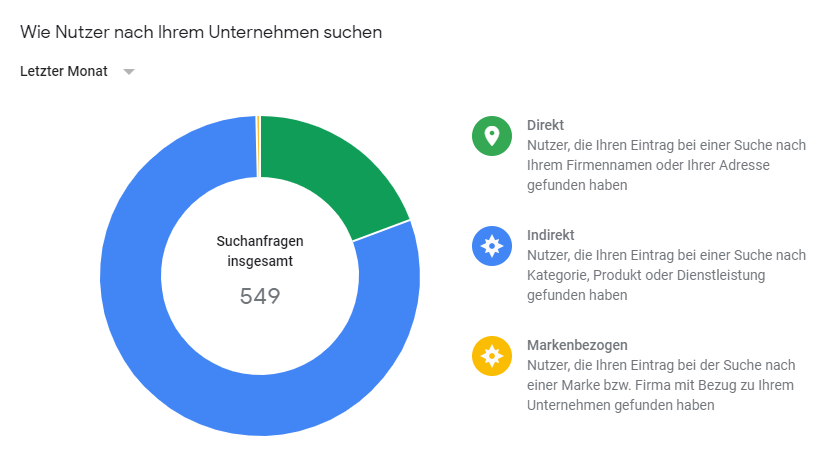
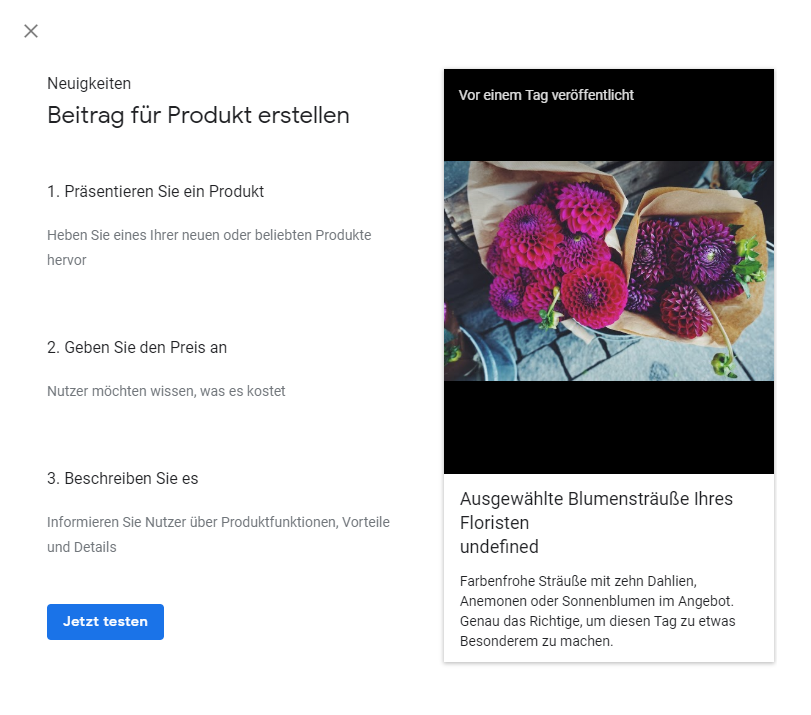

 Verknüpfungen innerhalb Shopifys
Verknüpfungen innerhalb Shopifys Über den Autor: Paul Anderie ist Gründer von
Über den Autor: Paul Anderie ist Gründer von 
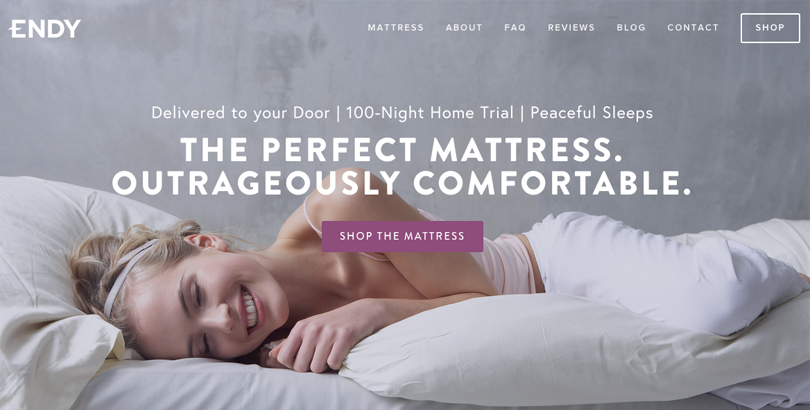
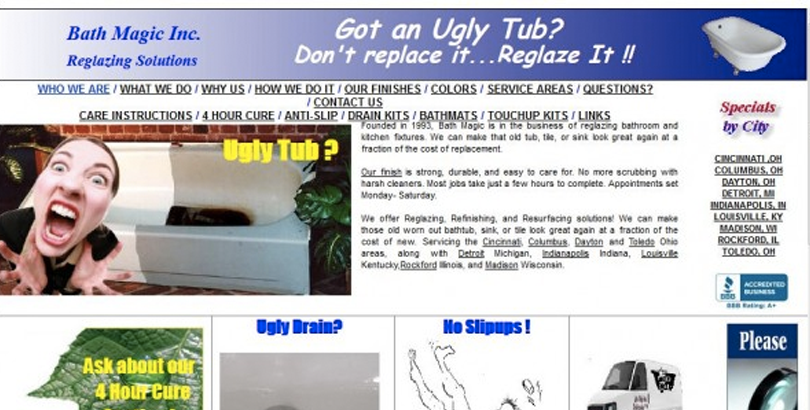
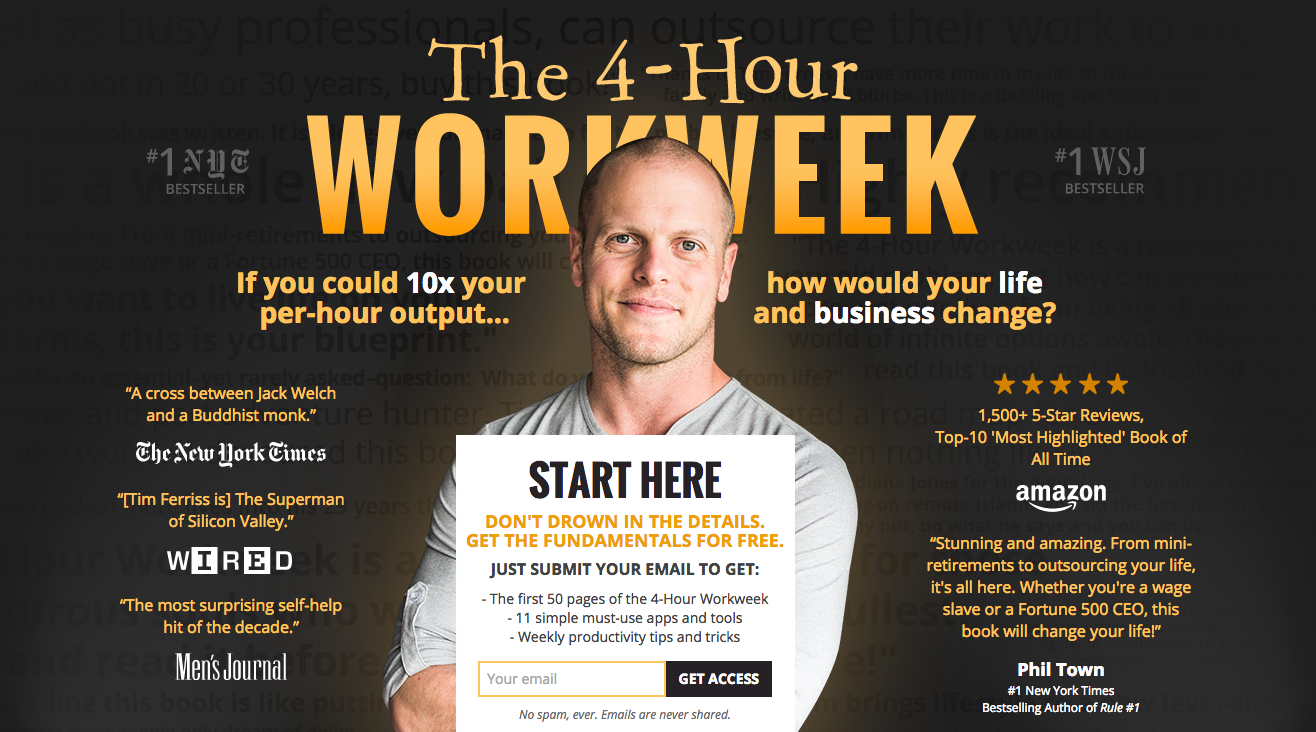
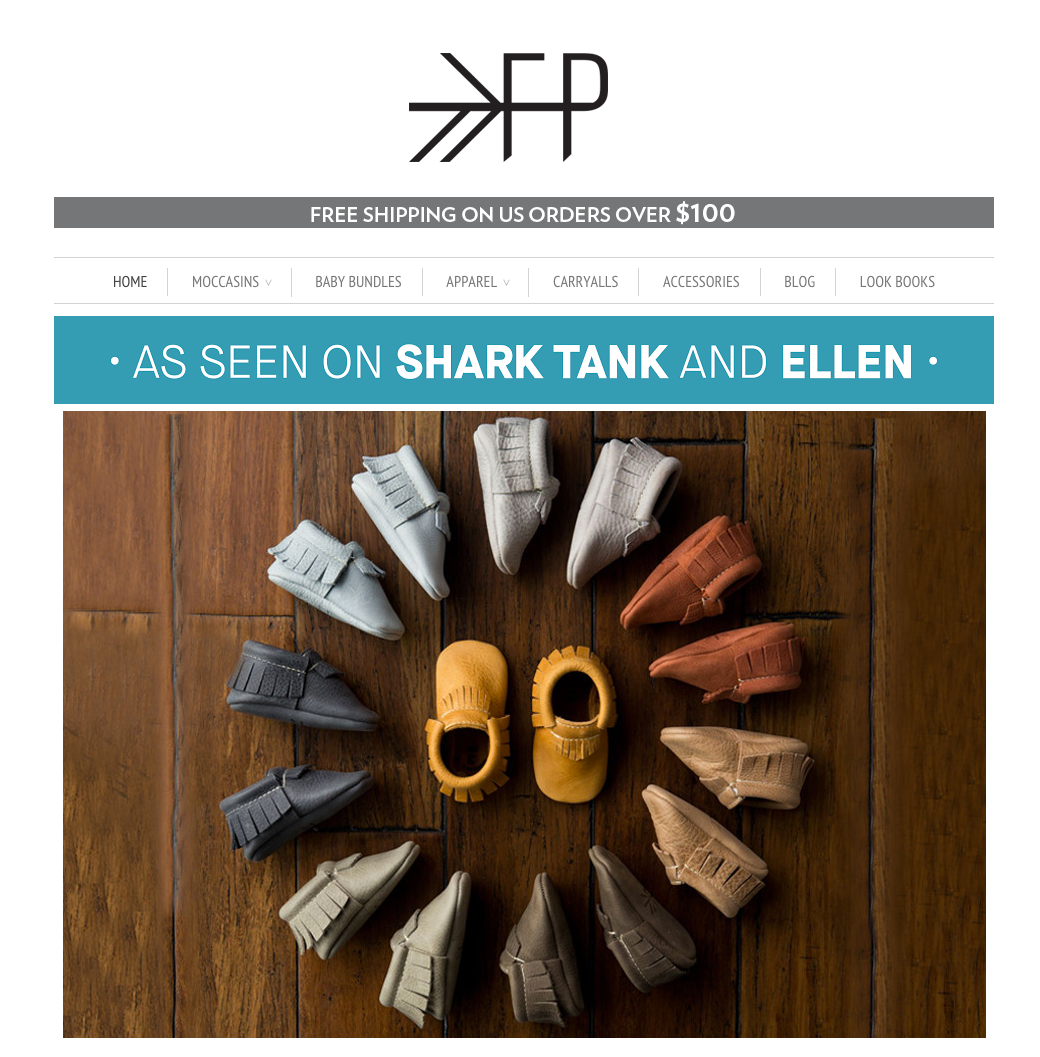



 Geposted von Hendrik Breuer: Hendrik ist Redakteur des deutschen Shopify-Blogs. Möchten Sie einen Gastbeitrag veröffentlichen? Dann lesen Sie bitte zuerst
Geposted von Hendrik Breuer: Hendrik ist Redakteur des deutschen Shopify-Blogs. Möchten Sie einen Gastbeitrag veröffentlichen? Dann lesen Sie bitte zuerst 

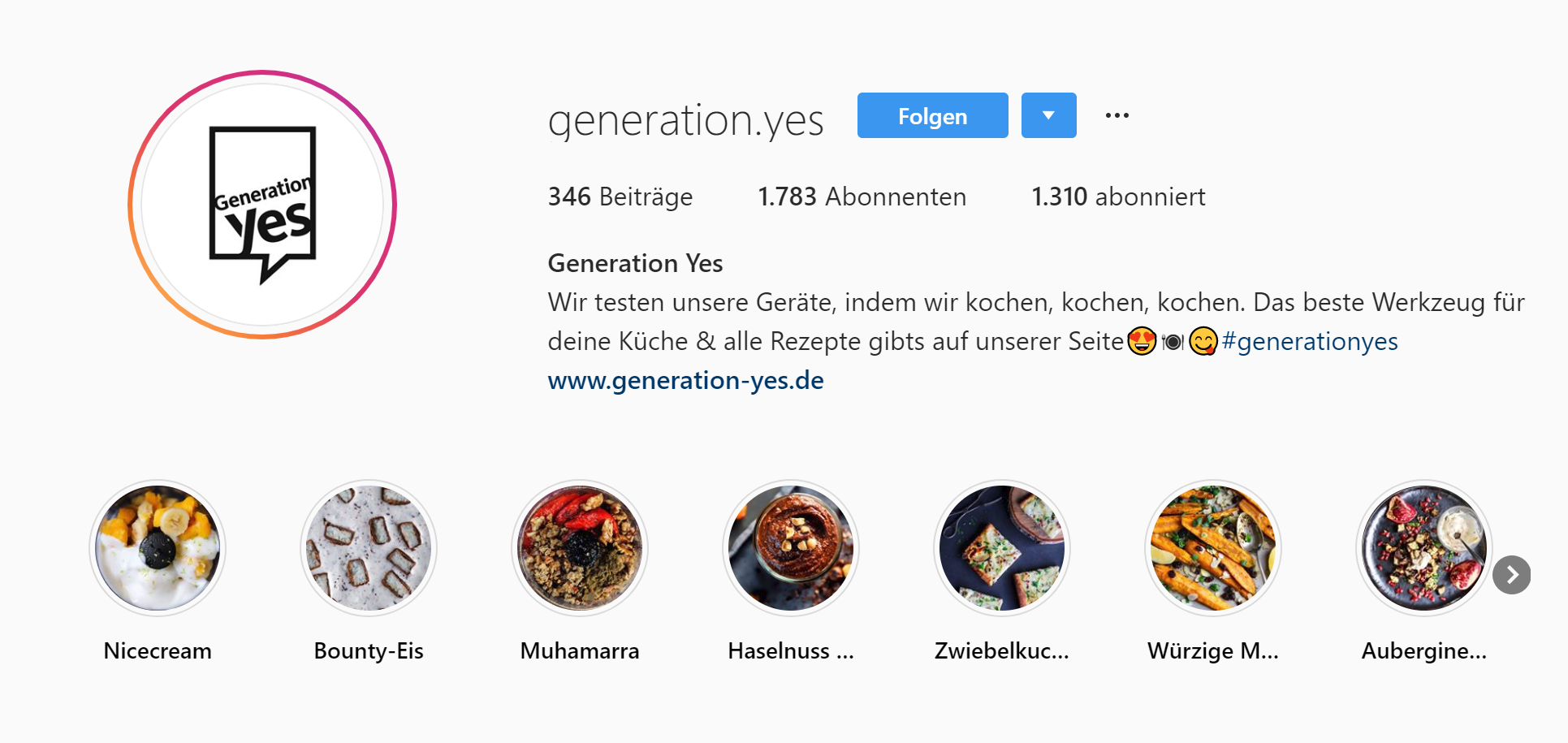
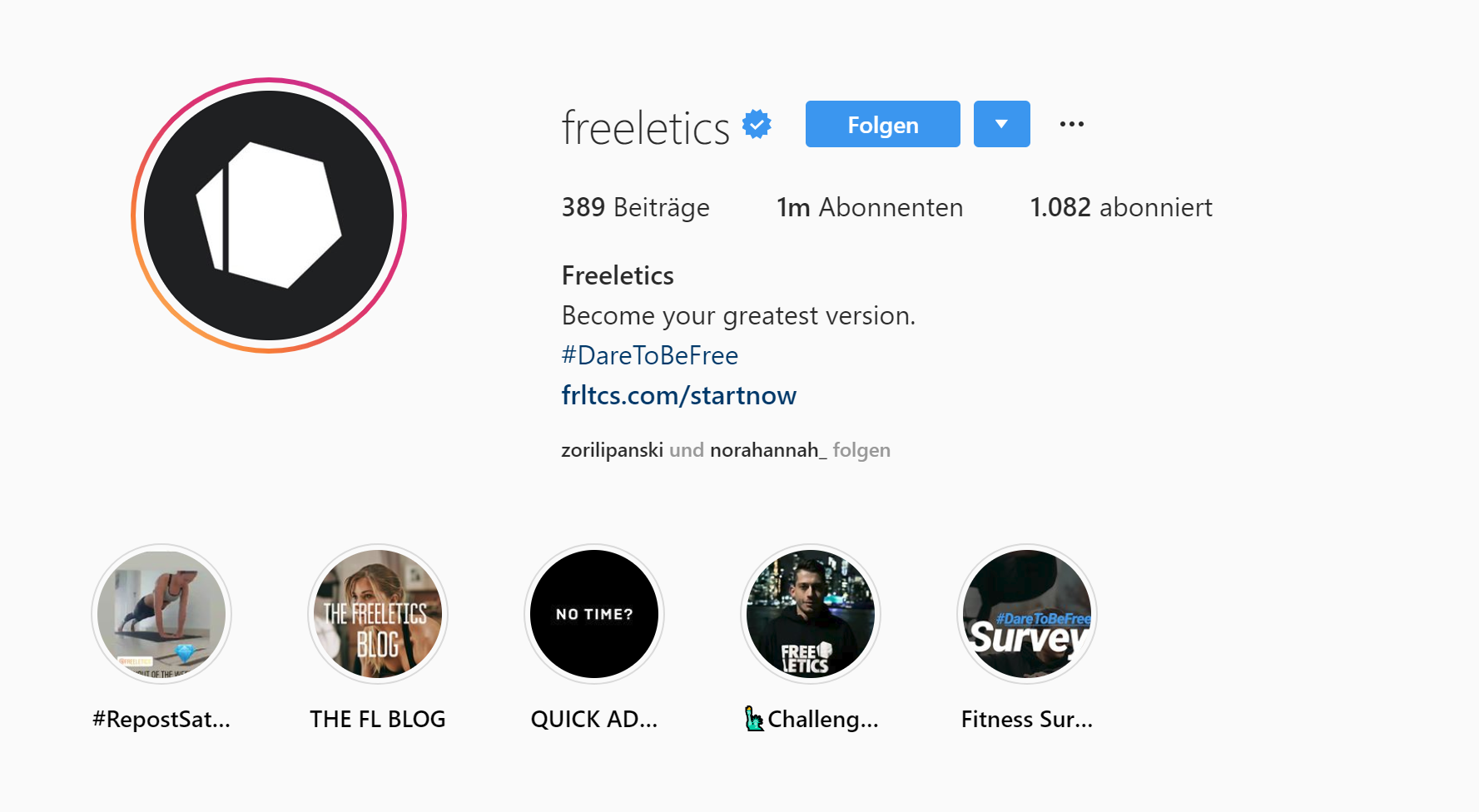



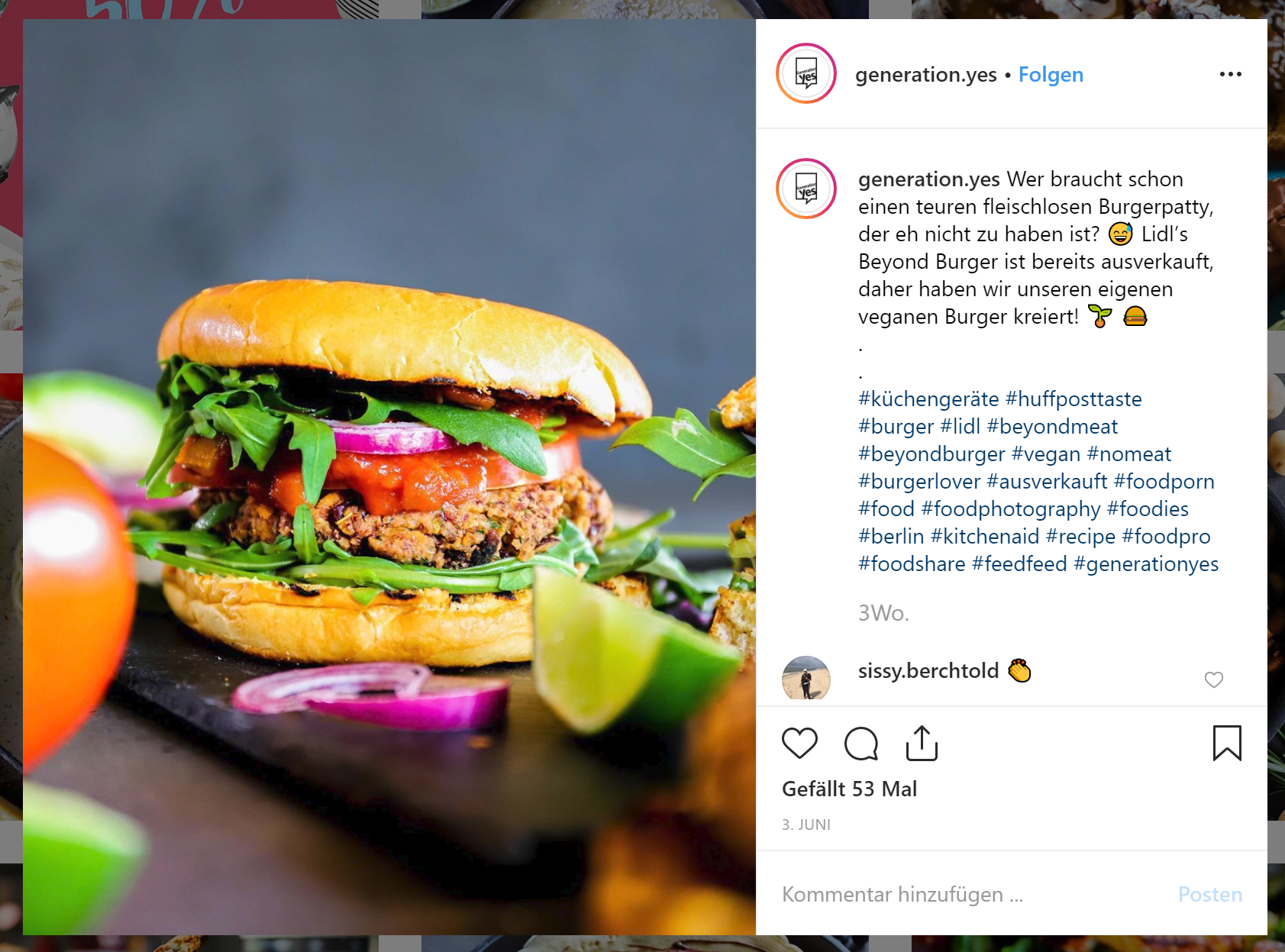
 Wie man Hashtags für Instagram recherchiert
Wie man Hashtags für Instagram recherchiert

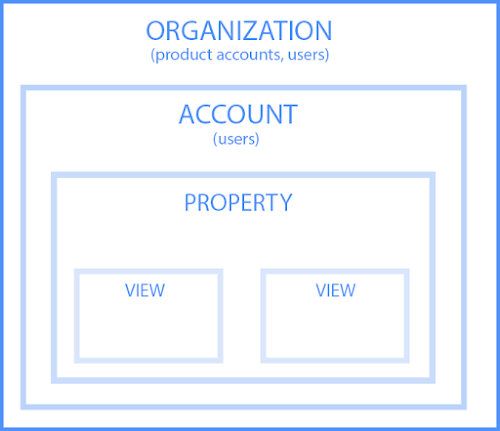
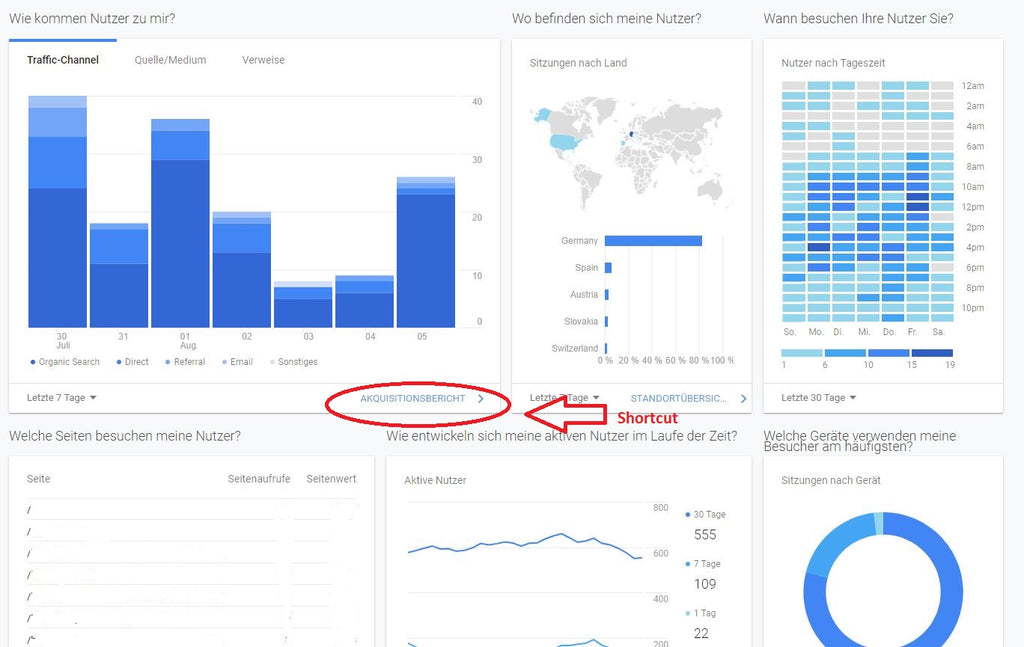

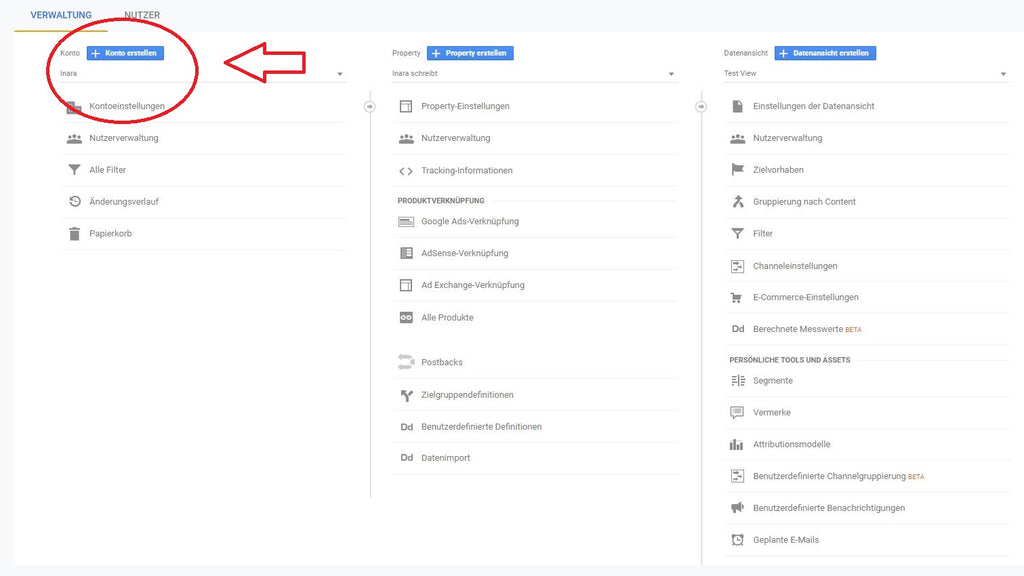

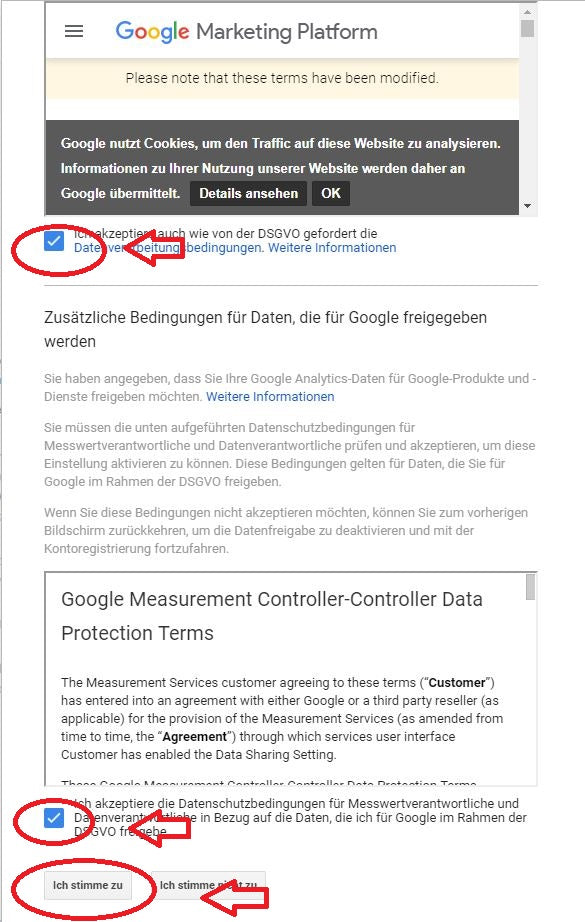
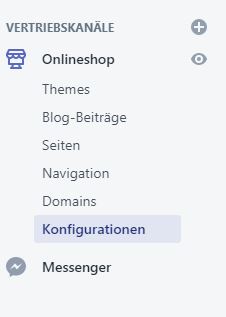



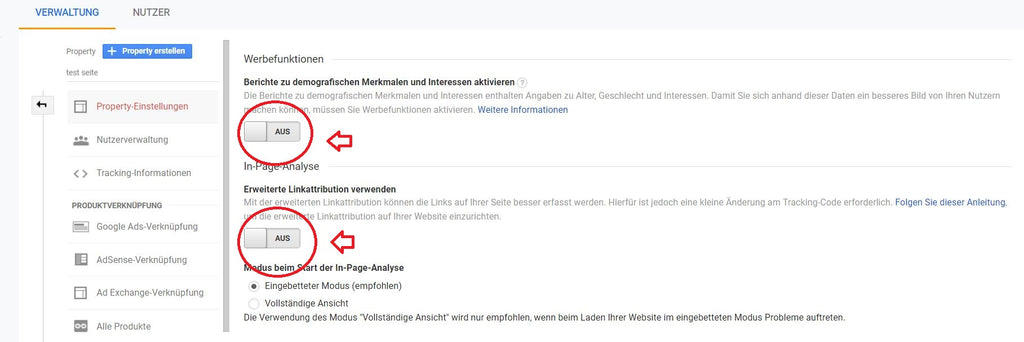
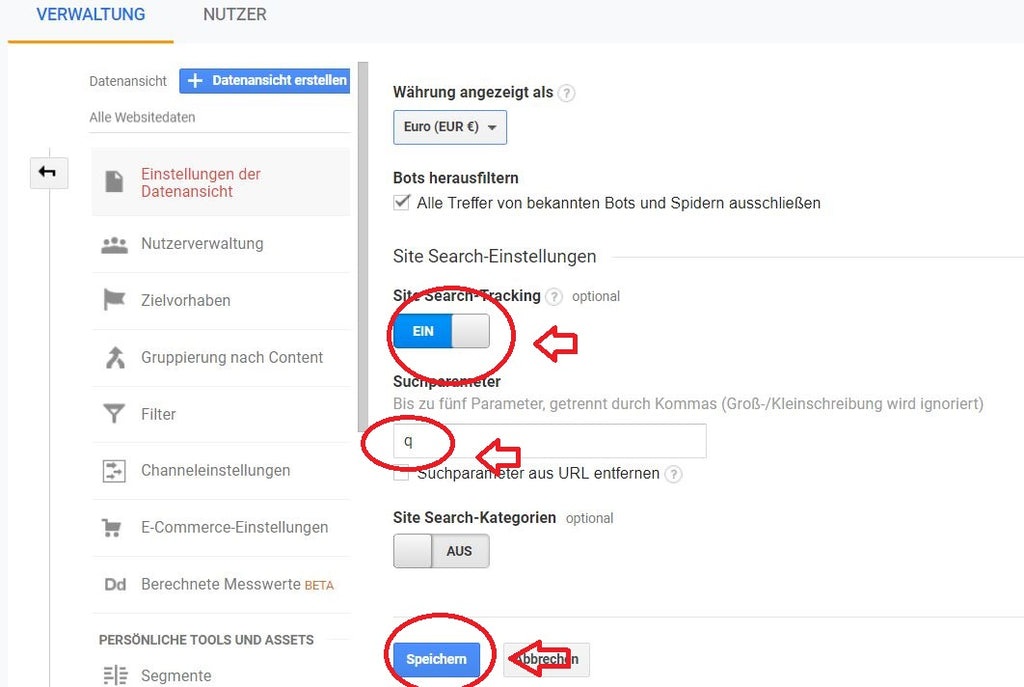 Eine einfache Prüfung verrät euch, welche Parameter auf euren Shop zutreffen. Wechselt dafür auf eure Website, gebt einen beliebigen Begriff in die Suchleiste eurer Webseite an und schaut, was mit der URL passiert. Hier werdet ihr euren Parameter entdecken, der meist direkt vor eurer Suchanfrage in der URL steht, zum Beispiel so:
Eine einfache Prüfung verrät euch, welche Parameter auf euren Shop zutreffen. Wechselt dafür auf eure Website, gebt einen beliebigen Begriff in die Suchleiste eurer Webseite an und schaut, was mit der URL passiert. Hier werdet ihr euren Parameter entdecken, der meist direkt vor eurer Suchanfrage in der URL steht, zum Beispiel so:

 Über die Autorin: Inara Muradowa ist Shopify Partner, SEO-Expertin und Corporate Blogger. Neben technischer Suchmaschinenoptimierung und SEO-Beratung steht sie Unternehmen mit Konzeption und Verfassen von professionellen Blogposts tatkräftig zur Seite.
Über die Autorin: Inara Muradowa ist Shopify Partner, SEO-Expertin und Corporate Blogger. Neben technischer Suchmaschinenoptimierung und SEO-Beratung steht sie Unternehmen mit Konzeption und Verfassen von professionellen Blogposts tatkräftig zur Seite.

 Whether you choose to design a logo yourself, hire a designer, or use an online logo maker, the process will involve the same steps:
Whether you choose to design a logo yourself, hire a designer, or use an online logo maker, the process will involve the same steps:

 Color is more fundamental to a person’s perception of visual stimuli
Color is more fundamental to a person’s perception of visual stimuli


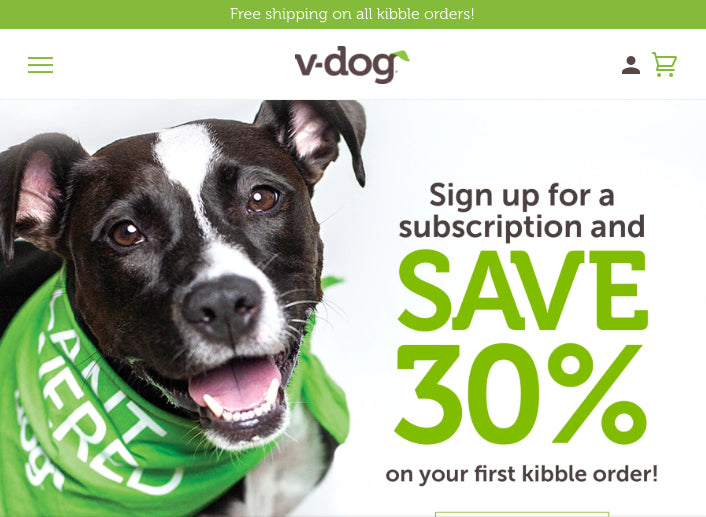
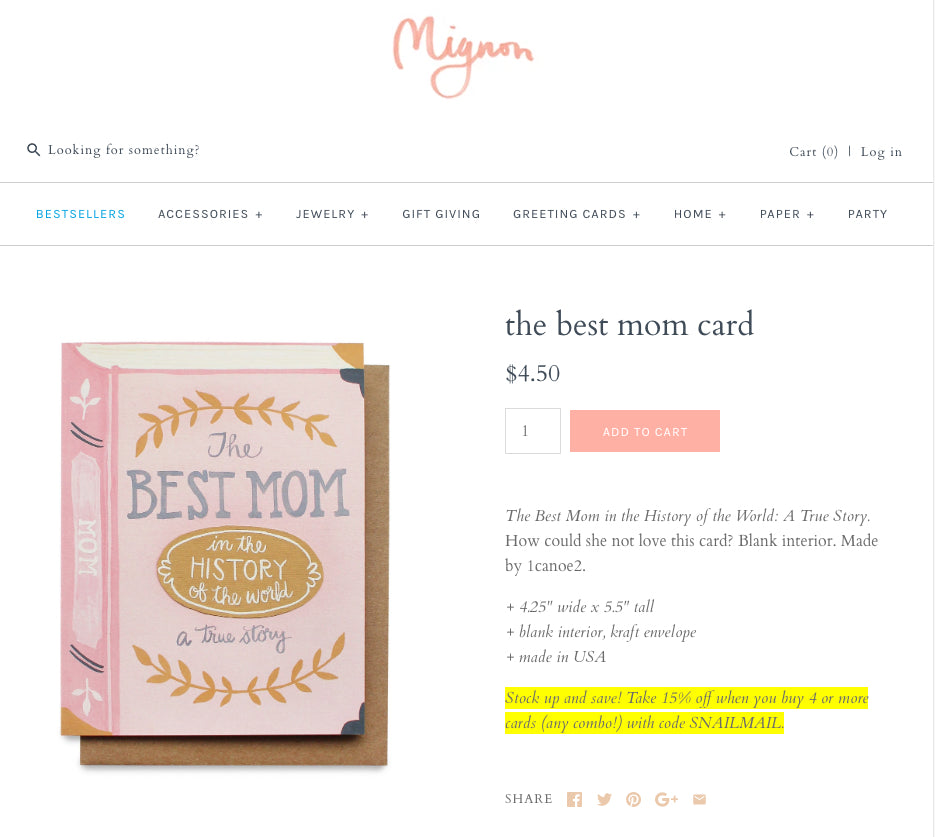


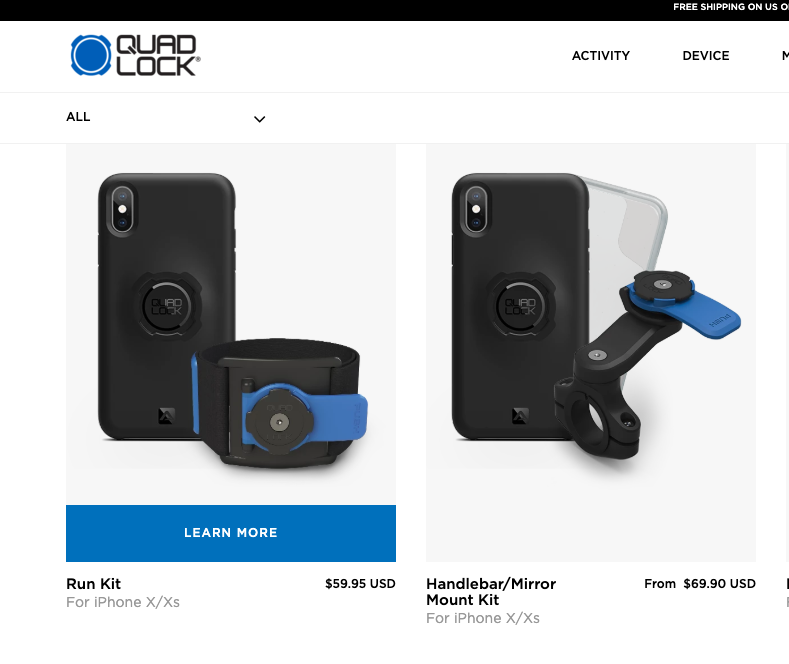

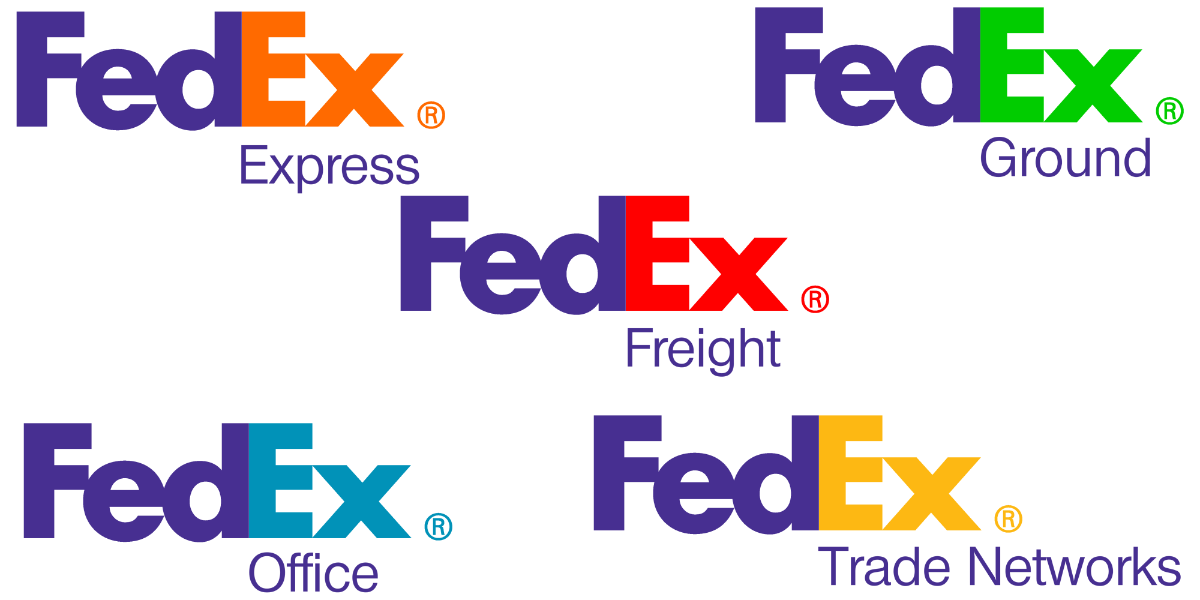

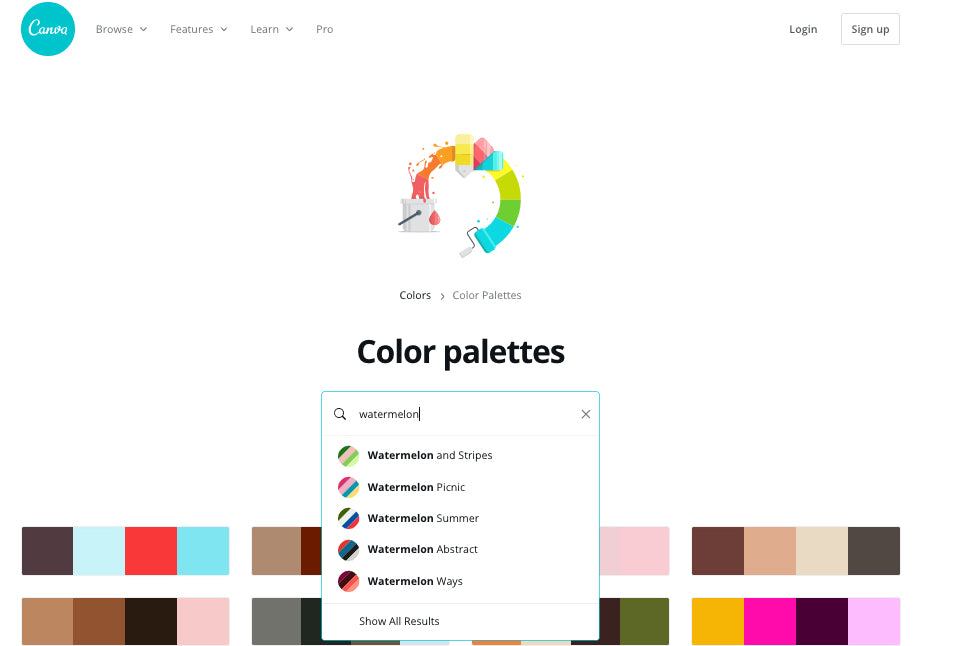 We decided very early in the creation process for LawnPure—the all-natural, citrus-based organic pesticide—that green would be the base color of our logo. Eco-friendly and reminiscent of a healthy lawn, green seemed like the perfect fit.
We decided very early in the creation process for LawnPure—the all-natural, citrus-based organic pesticide—that green would be the base color of our logo. Eco-friendly and reminiscent of a healthy lawn, green seemed like the perfect fit.
 Brighter, more saturated tones were attention-grabbing and playful, but also had a cartoonish, juvenile feel to them. A good color for selling toys or comic books maybe, but not right for LawnPure. Darker, more earthy tones of greens did seem to harken back to nature in the way we felt the LawnPure brand should, especially when paired with browns, oranges, and dark reds.
Brighter, more saturated tones were attention-grabbing and playful, but also had a cartoonish, juvenile feel to them. A good color for selling toys or comic books maybe, but not right for LawnPure. Darker, more earthy tones of greens did seem to harken back to nature in the way we felt the LawnPure brand should, especially when paired with browns, oranges, and dark reds.
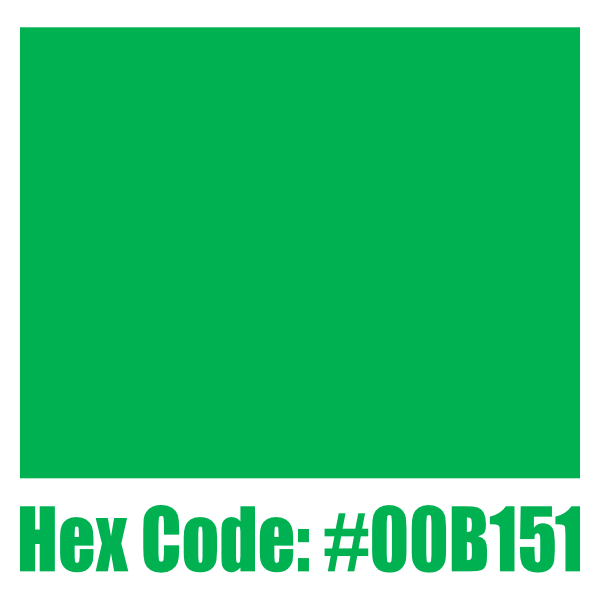
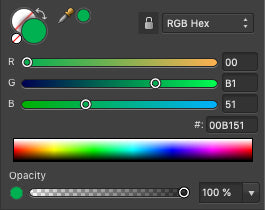 LawnPure green (
LawnPure green ( In the end, we decided to leave the second color up in the air. We weren’t rejecting additional colors just yet, but it was clear that any second color used would be minimal. For now, the brand’s main color was decided, and we were ready to start sketching ideas.
In the end, we decided to leave the second color up in the air. We weren’t rejecting additional colors just yet, but it was clear that any second color used would be minimal. For now, the brand’s main color was decided, and we were ready to start sketching ideas.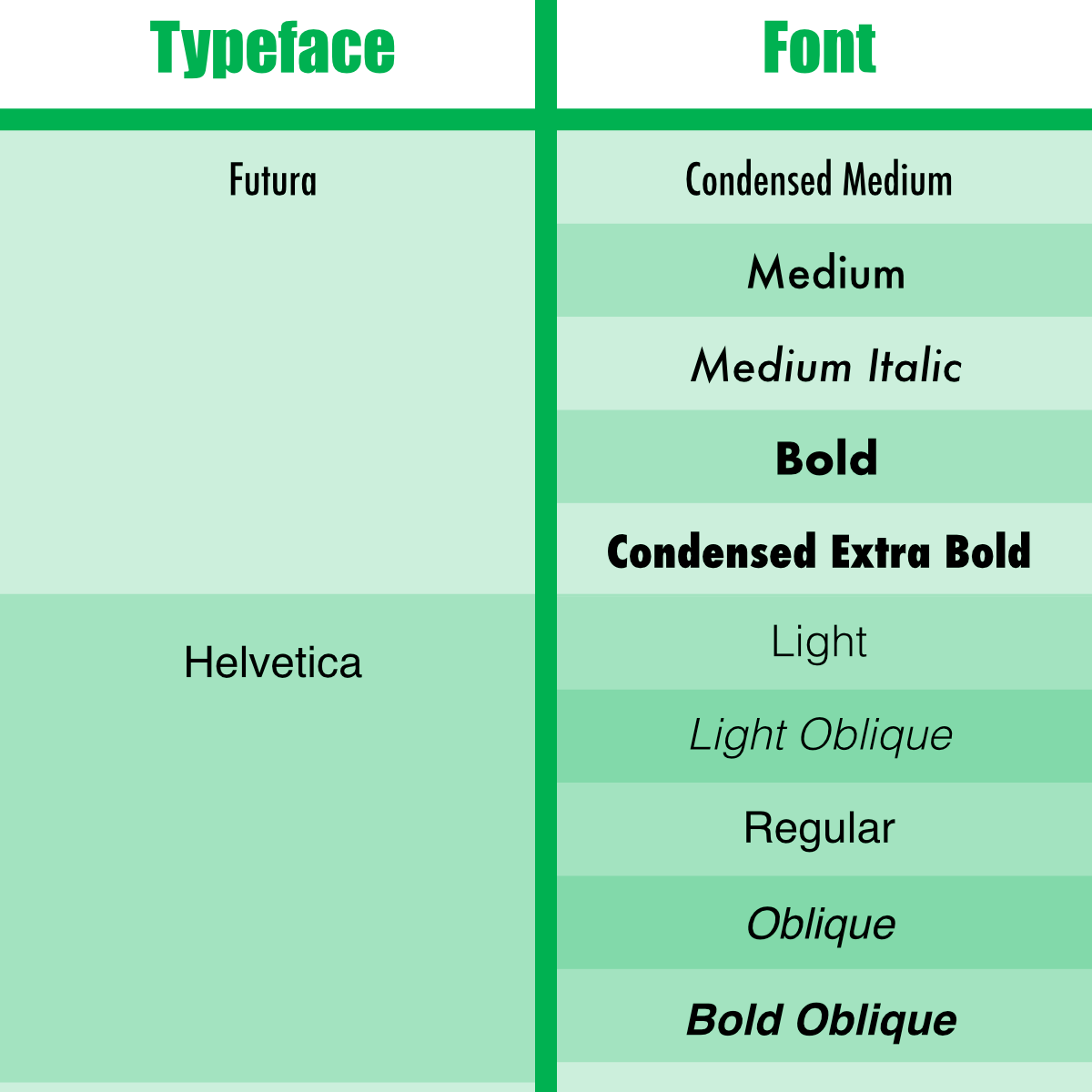
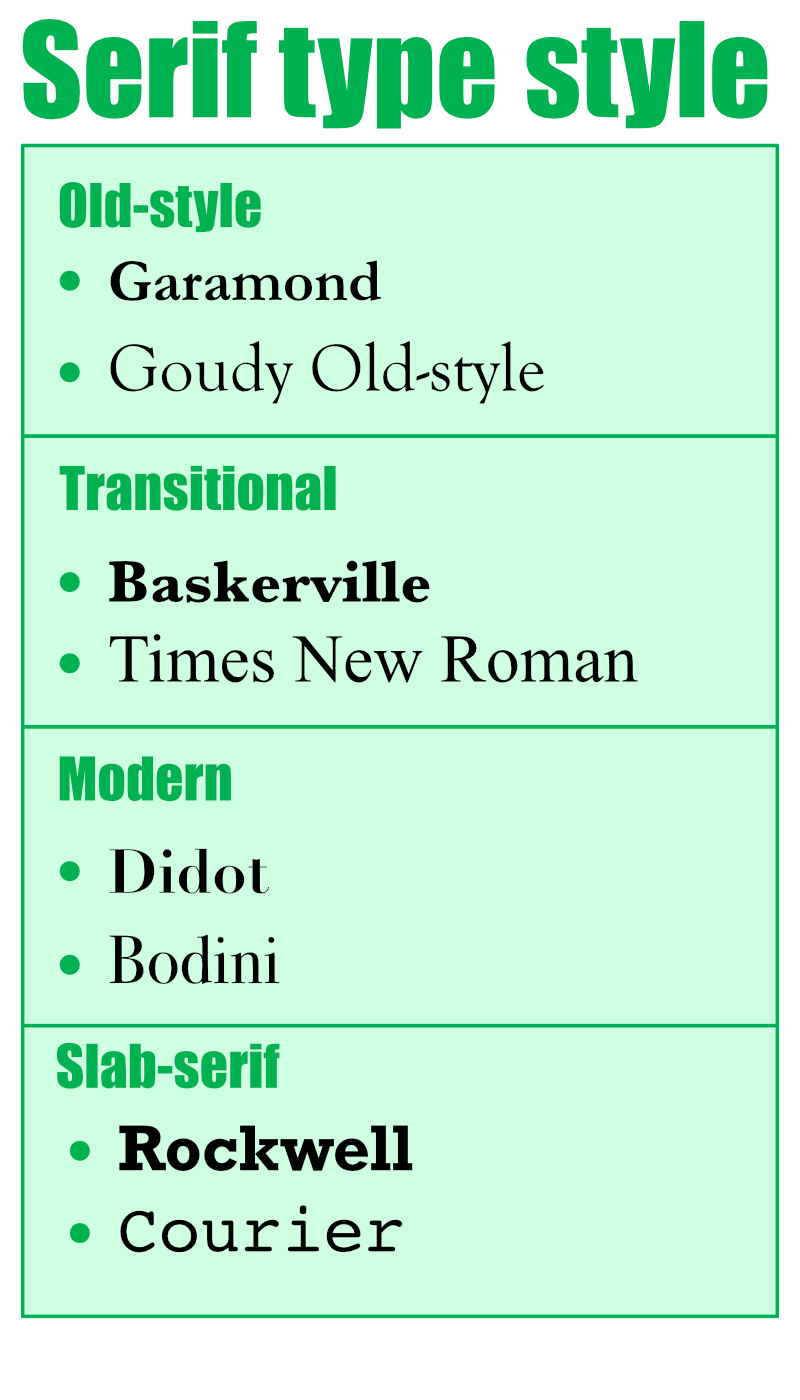 The word “serif” describes a small line or stroke attached to the end of a longer stroke in a letter or other character. Serifs are the oldest type style, tracing their roots back to inscriptional lettering used in the Latin alphabet.
The word “serif” describes a small line or stroke attached to the end of a longer stroke in a letter or other character. Serifs are the oldest type style, tracing their roots back to inscriptional lettering used in the Latin alphabet.
 Sans-serif typefaces, sometimes called gothic, do not have serifs at the end of character strokes. Sans-serifs have less line-width variation and tend to be easier to read when backlit, making them most prevalently used in text on computer screens. In print media, they’re most commonly used in headlines, but can sometimes be used in body copy.
Sans-serif typefaces, sometimes called gothic, do not have serifs at the end of character strokes. Sans-serifs have less line-width variation and tend to be easier to read when backlit, making them most prevalently used in text on computer screens. In print media, they’re most commonly used in headlines, but can sometimes be used in body copy.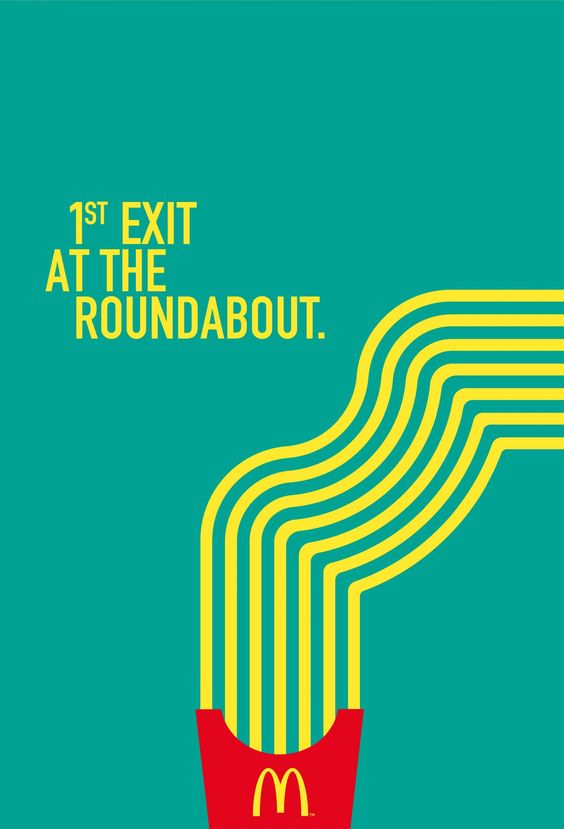
 Script typefaces are derived from handwriting or calligraphy. Scripts are more fluid than sans or serif styles and are often used in more whimsical contexts. Script styles are versatile and can be used by both formal and casual brands.
Script typefaces are derived from handwriting or calligraphy. Scripts are more fluid than sans or serif styles and are often used in more whimsical contexts. Script styles are versatile and can be used by both formal and casual brands.
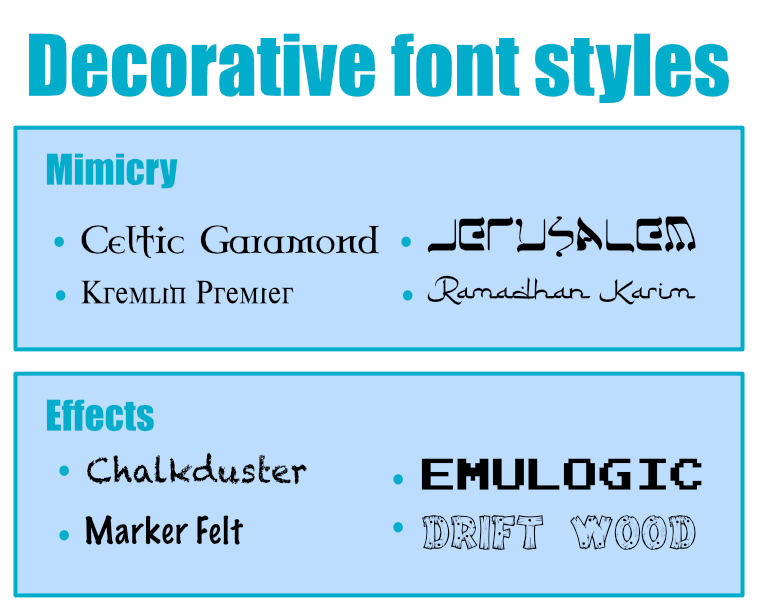 Decorative (or display) fonts are difficult to categorize since their defining feature is that they forego typographical conventions. Decorative fonts can convey a wide variety of moods but generally focus on a specific theme, motif, or aesthetic. More recently developed fonts tend to be decorative, oftentimes developed specifically for a particular brand.
Decorative (or display) fonts are difficult to categorize since their defining feature is that they forego typographical conventions. Decorative fonts can convey a wide variety of moods but generally focus on a specific theme, motif, or aesthetic. More recently developed fonts tend to be decorative, oftentimes developed specifically for a particular brand.
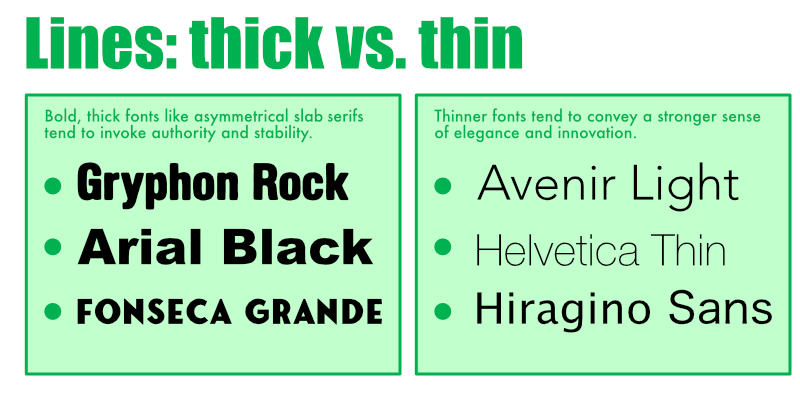 2. Stress: diagonal vs. vertical
2. Stress: diagonal vs. vertical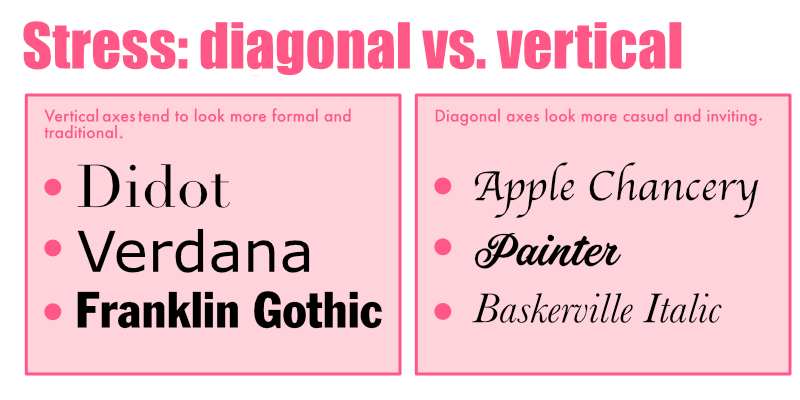 3. Contrast: low vs. high
3. Contrast: low vs. high 4. Mood: formal vs. informal, classic vs. modern, dramatic vs. calm
4. Mood: formal vs. informal, classic vs. modern, dramatic vs. calm
 Like with the logo, our first instinct was to try and emulate the look and feel of grass. We wanted something that felt alive and thriving. Serif typefaces felt “fixed” and tended not to express this quality very well. Sans-serif typefaces were better—but still didn’t feel right.
Like with the logo, our first instinct was to try and emulate the look and feel of grass. We wanted something that felt alive and thriving. Serif typefaces felt “fixed” and tended not to express this quality very well. Sans-serif typefaces were better—but still didn’t feel right. Thin lines tended to feel less formal than thick lines, which was good. However, they also felt pedestrian in a way that didn’t mesh with LawnPure’s innovative character. Thick lines felt more innovative but seemed to convey a dramatic, less calm mood. We needed something that landed in the middle.
Thin lines tended to feel less formal than thick lines, which was good. However, they also felt pedestrian in a way that didn’t mesh with LawnPure’s innovative character. Thick lines felt more innovative but seemed to convey a dramatic, less calm mood. We needed something that landed in the middle. Our scripts definitely had a more informal and interesting character. Script fonts certainly had the wavy quality of grass, but in large doses felt a bit too retro for LawnPure. It was here where we had the idea to combine fonts. We tried a few combinations, but nothing seemed to stick.
Our scripts definitely had a more informal and interesting character. Script fonts certainly had the wavy quality of grass, but in large doses felt a bit too retro for LawnPure. It was here where we had the idea to combine fonts. We tried a few combinations, but nothing seemed to stick. Our problem was, the more we tried to make the script look like grass, the less legible the words became. The more legible we made the script, the less it looked like grass. We were trying to combine two typefaces that just didn’t go together. In the end, we abandoned the script font. But testing it out like this was an important step in creating our final logo.
Our problem was, the more we tried to make the script look like grass, the less legible the words became. The more legible we made the script, the less it looked like grass. We were trying to combine two typefaces that just didn’t go together. In the end, we abandoned the script font. But testing it out like this was an important step in creating our final logo. Rhino Sans was formal, but not too formal. The lettering felt calm, modern, and unique. It was occasionally unreadable but we weren’t planning on using it for any body text.
Rhino Sans was formal, but not too formal. The lettering felt calm, modern, and unique. It was occasionally unreadable but we weren’t planning on using it for any body text. Here, again, we ran into an issue. The more we altered the “W” to look like grass, the less legible it became. It’s important to stress here the hours of trial and error that can go into creating even what appears to be a simple logo.
Here, again, we ran into an issue. The more we altered the “W” to look like grass, the less legible it became. It’s important to stress here the hours of trial and error that can go into creating even what appears to be a simple logo.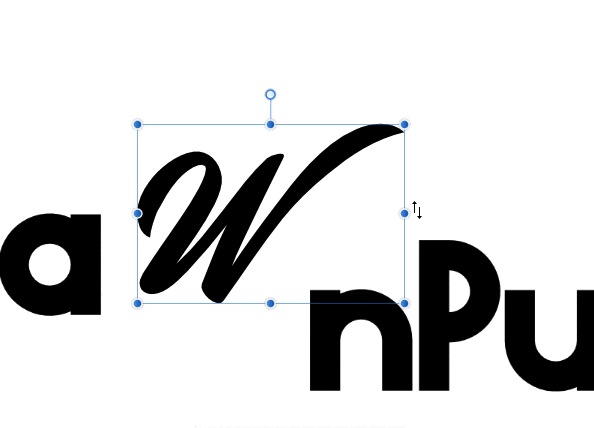 That’s when we decided it would be best to design our own “W” specifically to look like grass. If you’re more comfortable hand-drawing your logo, feel free to take this route. Our personal preference was the pen tool in Photoshop.
That’s when we decided it would be best to design our own “W” specifically to look like grass. If you’re more comfortable hand-drawing your logo, feel free to take this route. Our personal preference was the pen tool in Photoshop.

 We took the feedback, made the suggested revisions, and finally, our polished logo was ready:
We took the feedback, made the suggested revisions, and finally, our polished logo was ready:
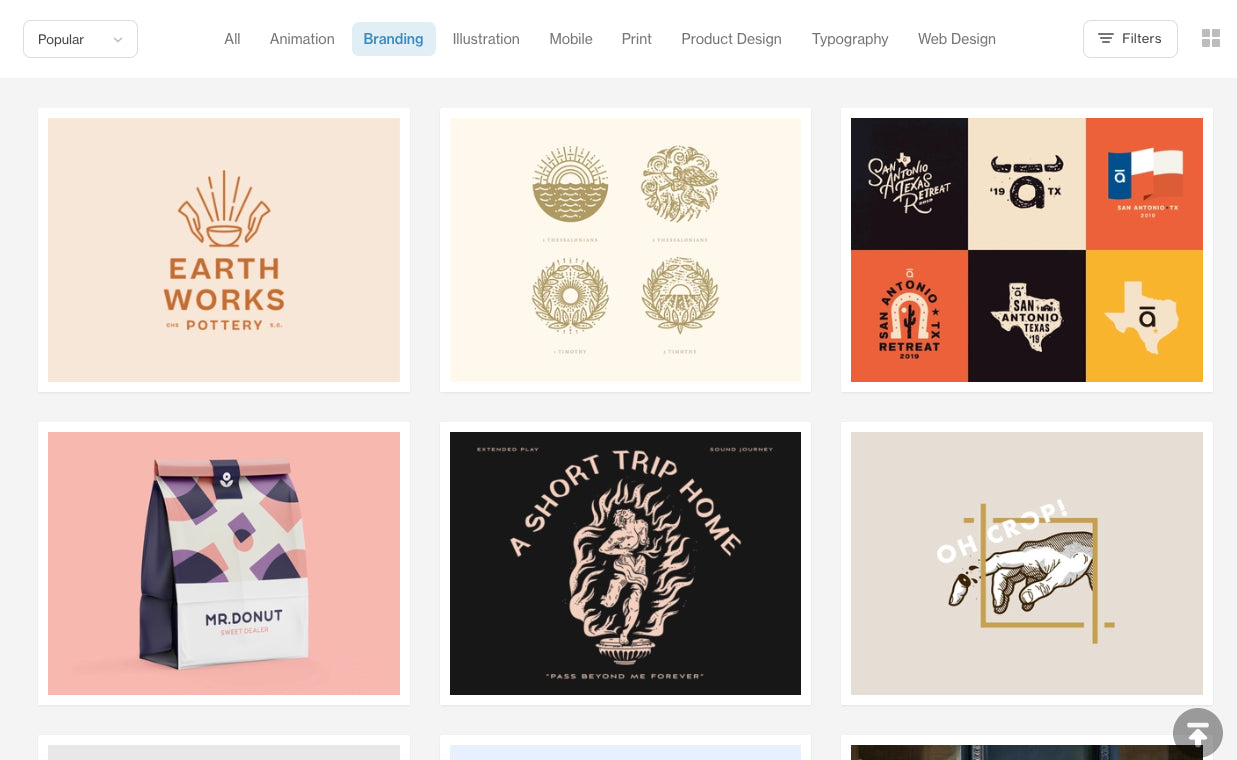

 With its aim on ecommerce, Hatchful’s development process draws heavily on visual marketing fundamentals and the relationship between brand values and design.
With its aim on ecommerce, Hatchful’s development process draws heavily on visual marketing fundamentals and the relationship between brand values and design.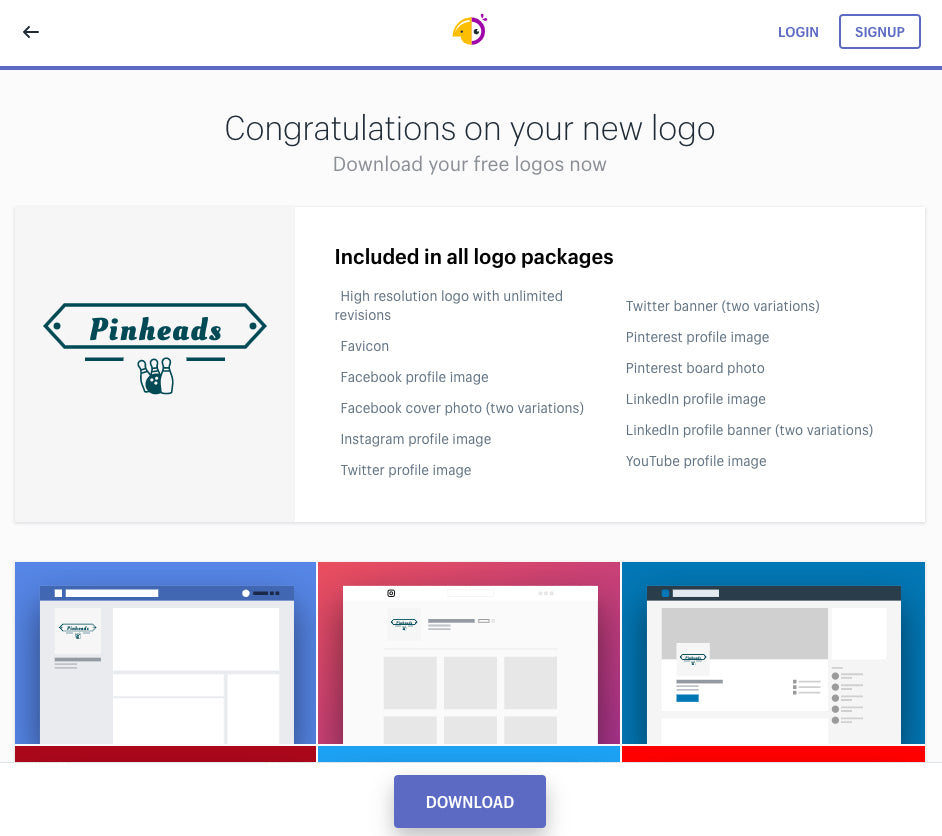

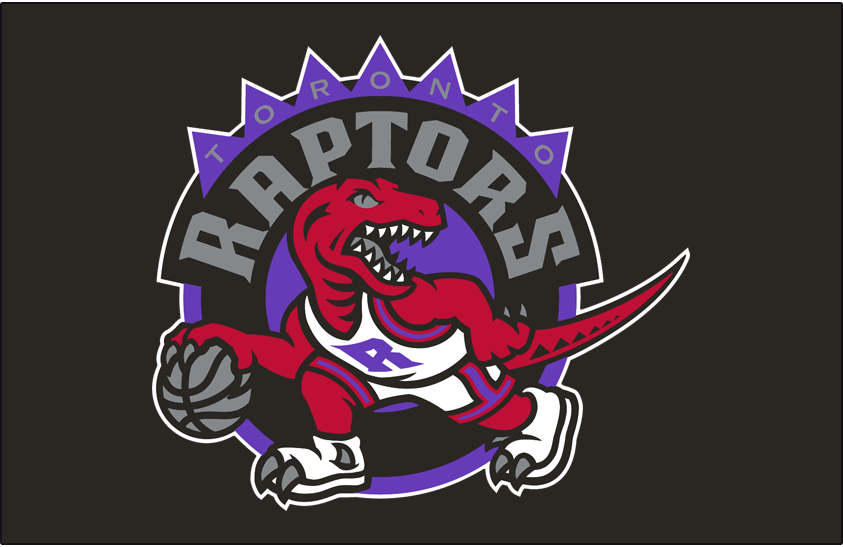
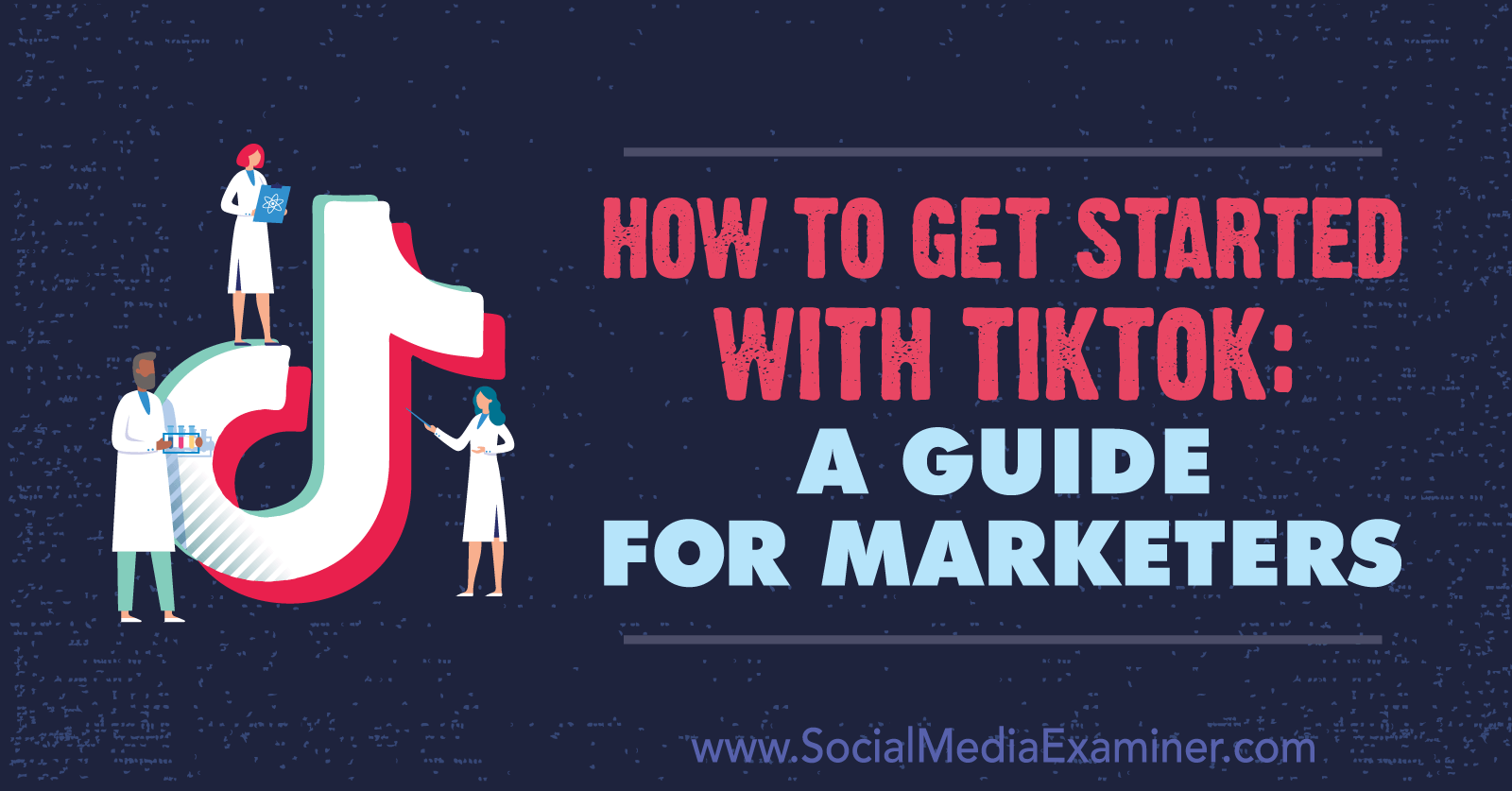
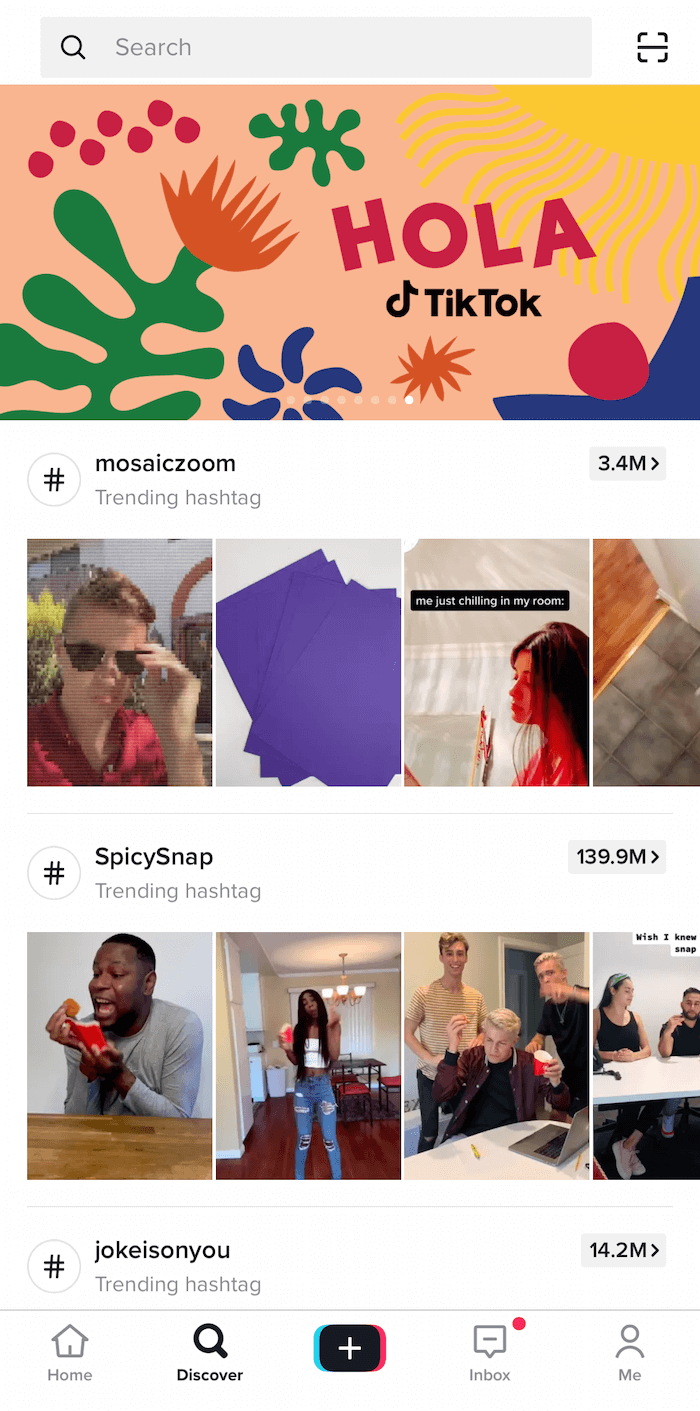
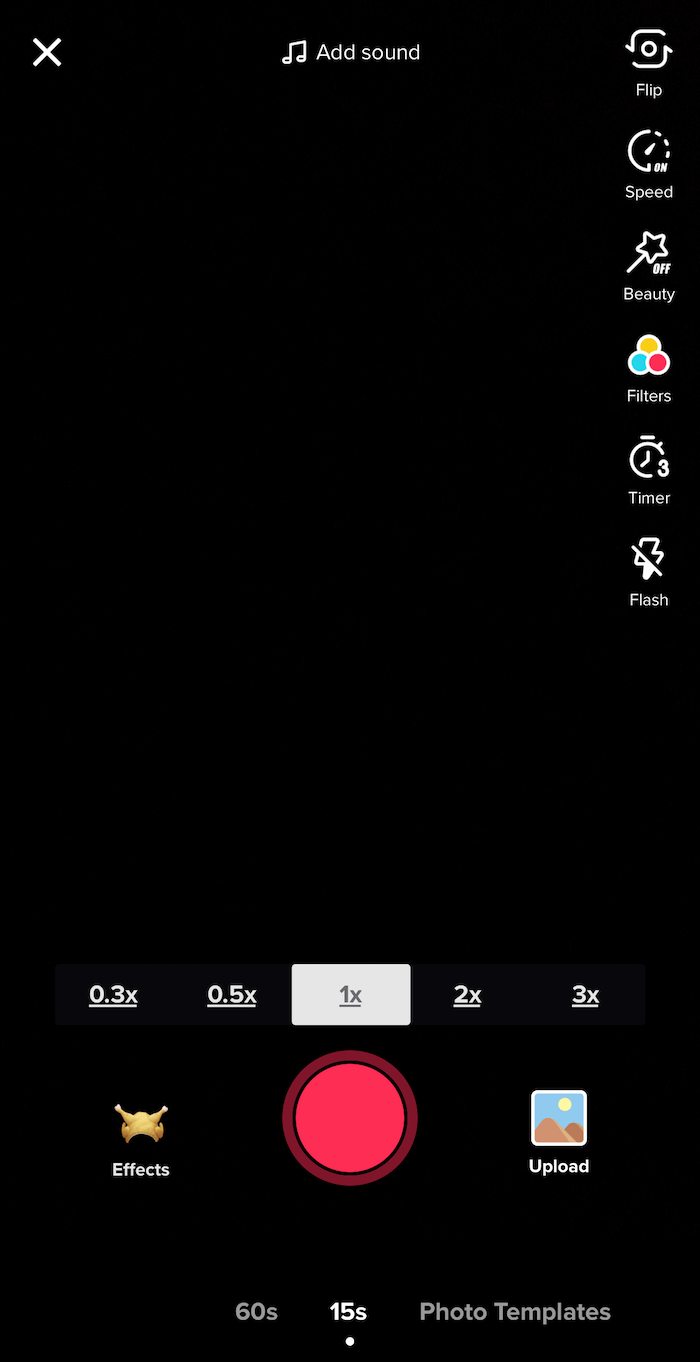
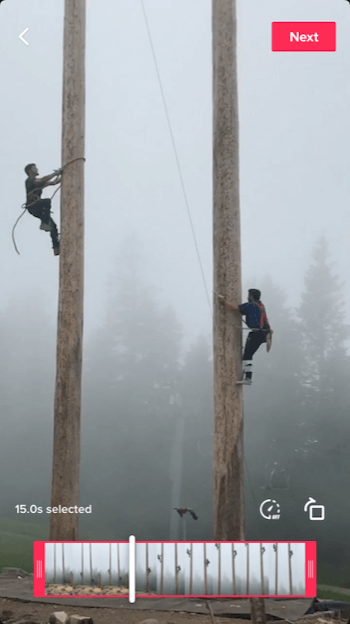
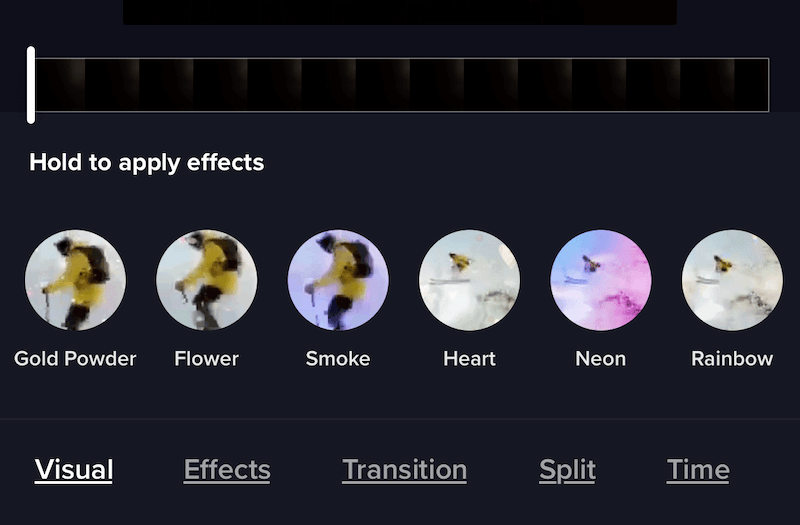
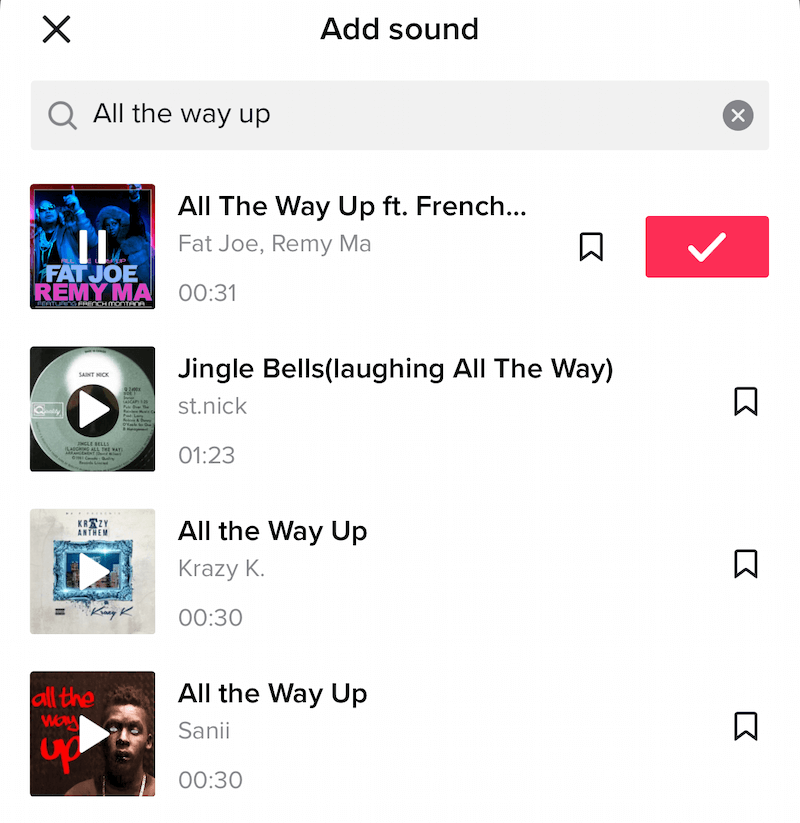
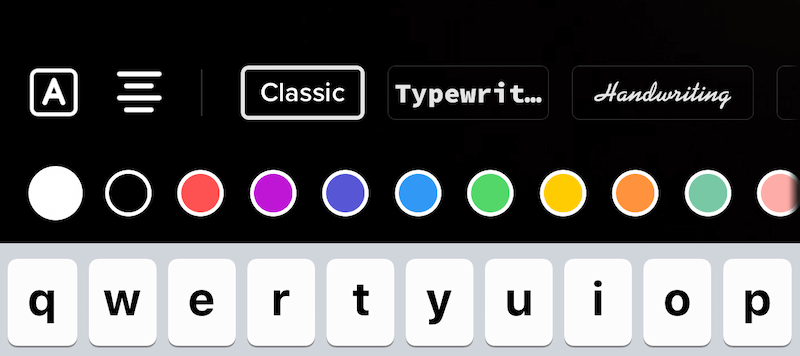
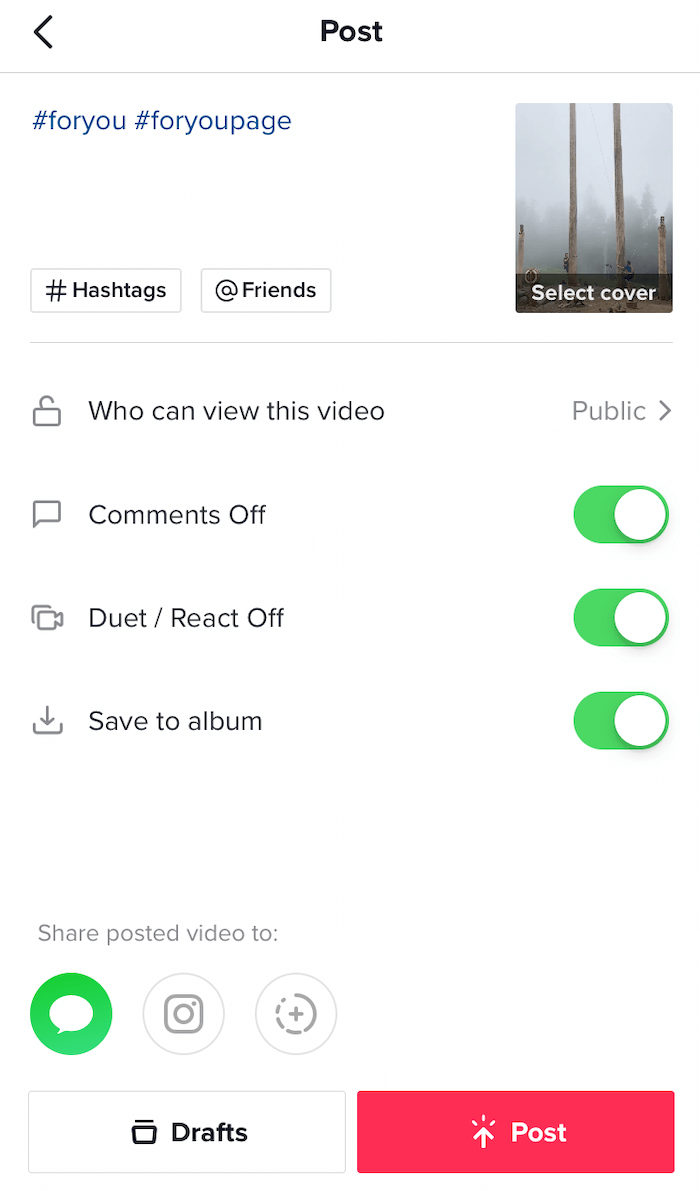

 At
At  Sprout Social is a big name in the social media management world, and for a good reason. The company has long-offered new and innovative features like an all-in-one social inbox, keyword monitoring, and more.
Sprout Social is a big name in the social media management world, and for a good reason. The company has long-offered new and innovative features like an all-in-one social inbox, keyword monitoring, and more. Agorapulse is a basic social media management app with solid posting, collaboration, and analytics tools. However, it doesn’t support smaller social networks or review sites, its base plan includes just three social accounts, and it doesn’t offer any type of white labeling.
Agorapulse is a basic social media management app with solid posting, collaboration, and analytics tools. However, it doesn’t support smaller social networks or review sites, its base plan includes just three social accounts, and it doesn’t offer any type of white labeling. MeetEdgar is social media scheduling application for small teams. Currently, the application supports scheduling posts to Twitter, Facebook, and LinkedIn. It has an interesting, self-scheduling content calendar that sorts posts by assigned category.
MeetEdgar is social media scheduling application for small teams. Currently, the application supports scheduling posts to Twitter, Facebook, and LinkedIn. It has an interesting, self-scheduling content calendar that sorts posts by assigned category. HootSuite is one of the original social media management tools, and one of the best known in the industry. However, it isn’t the social media tool of choice for many restaurants. Despite HootSuite supporting 35 different social networks, it lacks support for any business review websites like Google My Business or Yelp, hence making it a tough sell for restaurants.
HootSuite is one of the original social media management tools, and one of the best known in the industry. However, it isn’t the social media tool of choice for many restaurants. Despite HootSuite supporting 35 different social networks, it lacks support for any business review websites like Google My Business or Yelp, hence making it a tough sell for restaurants.




